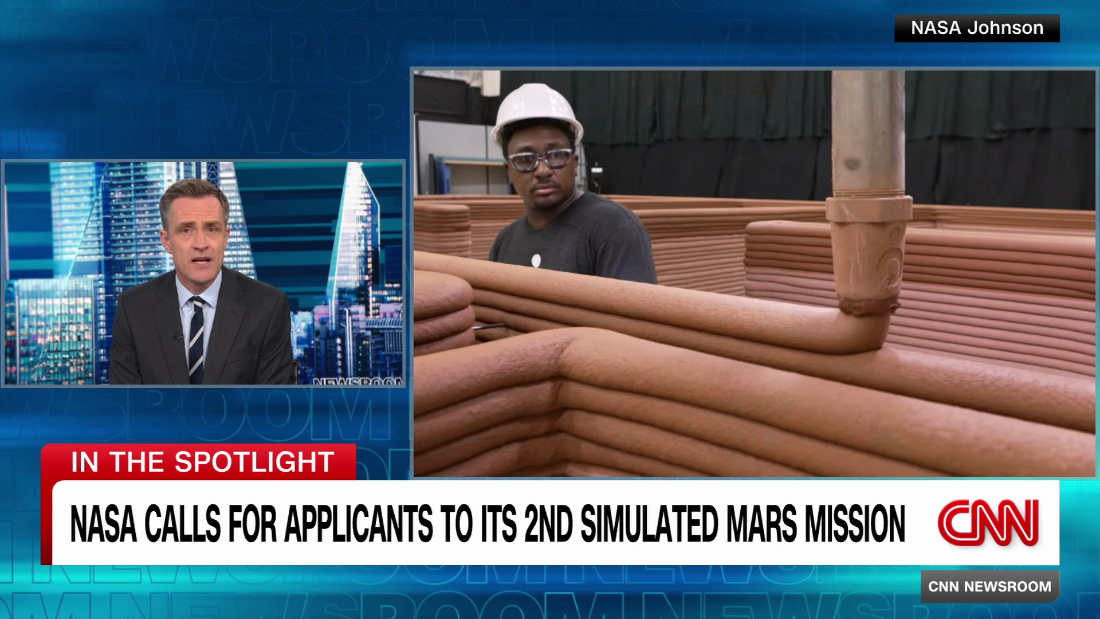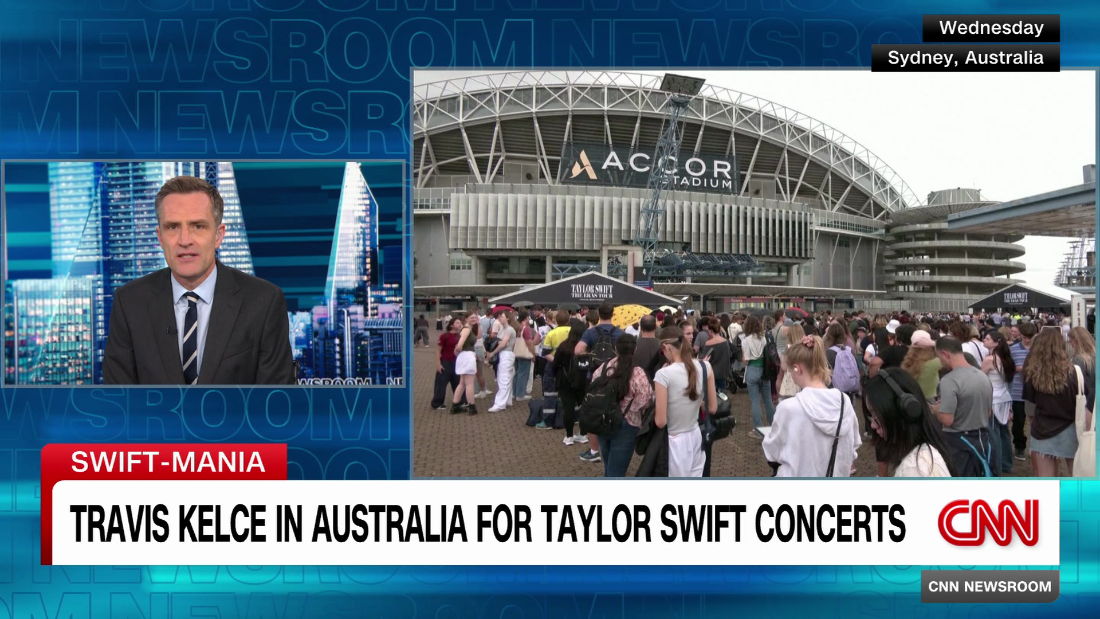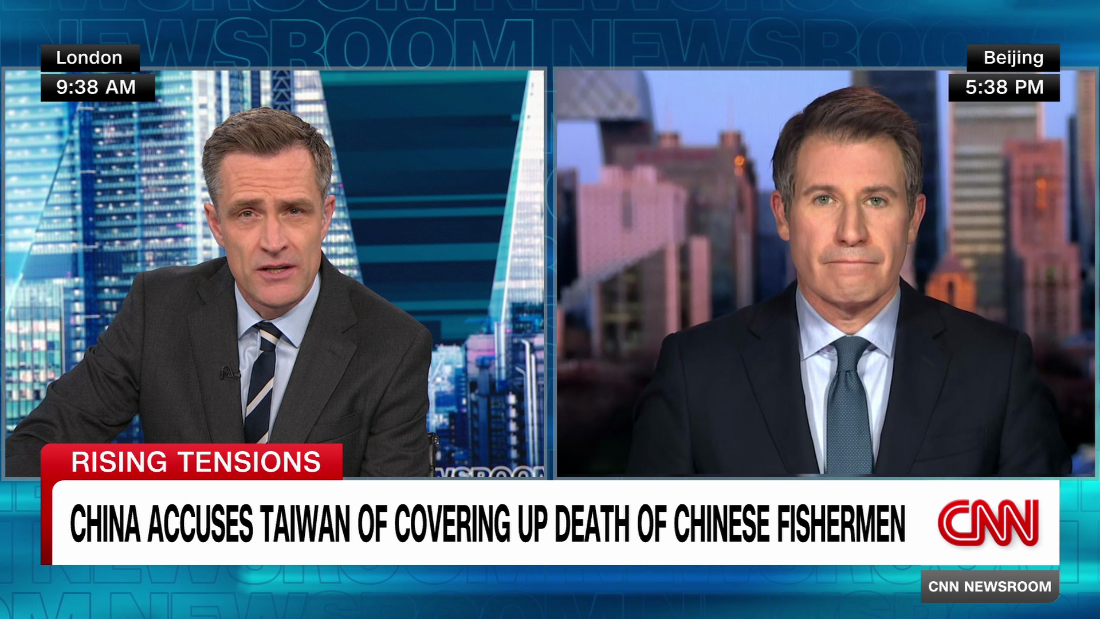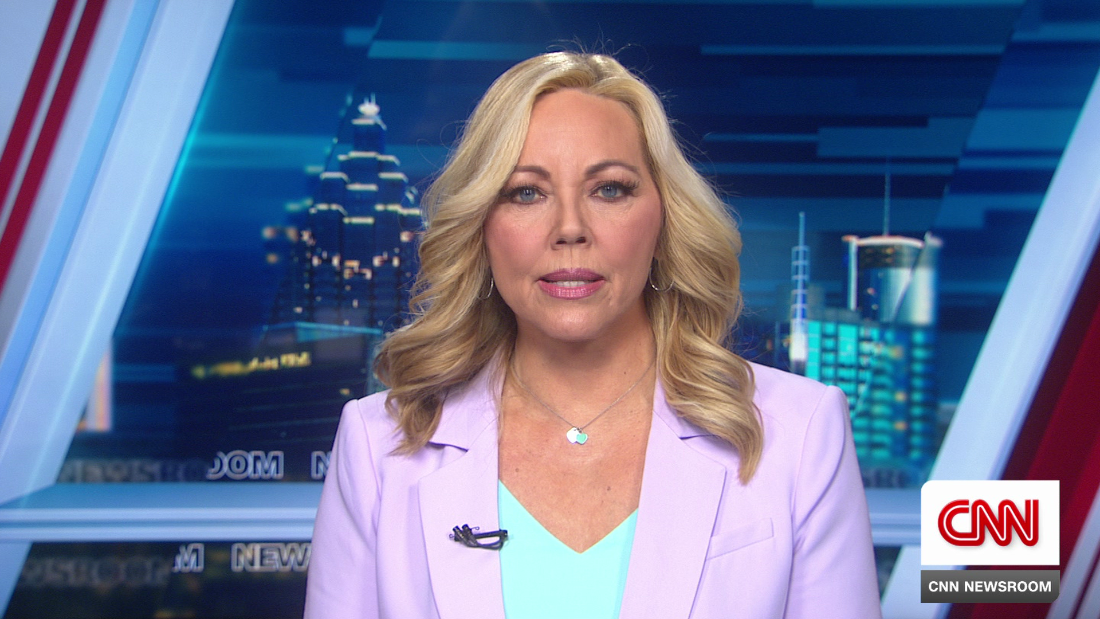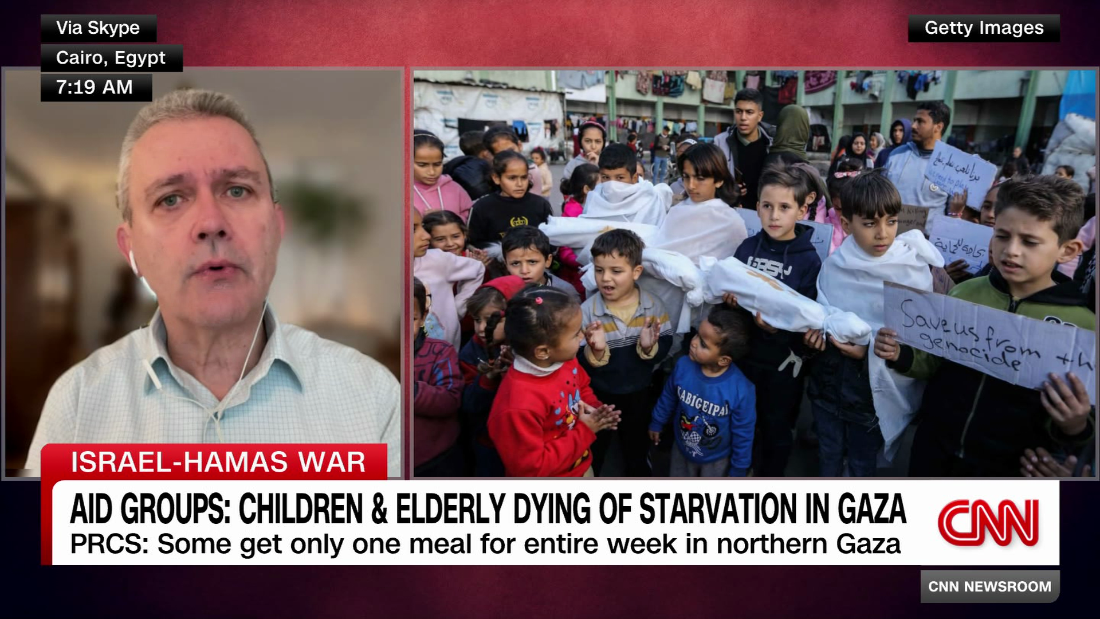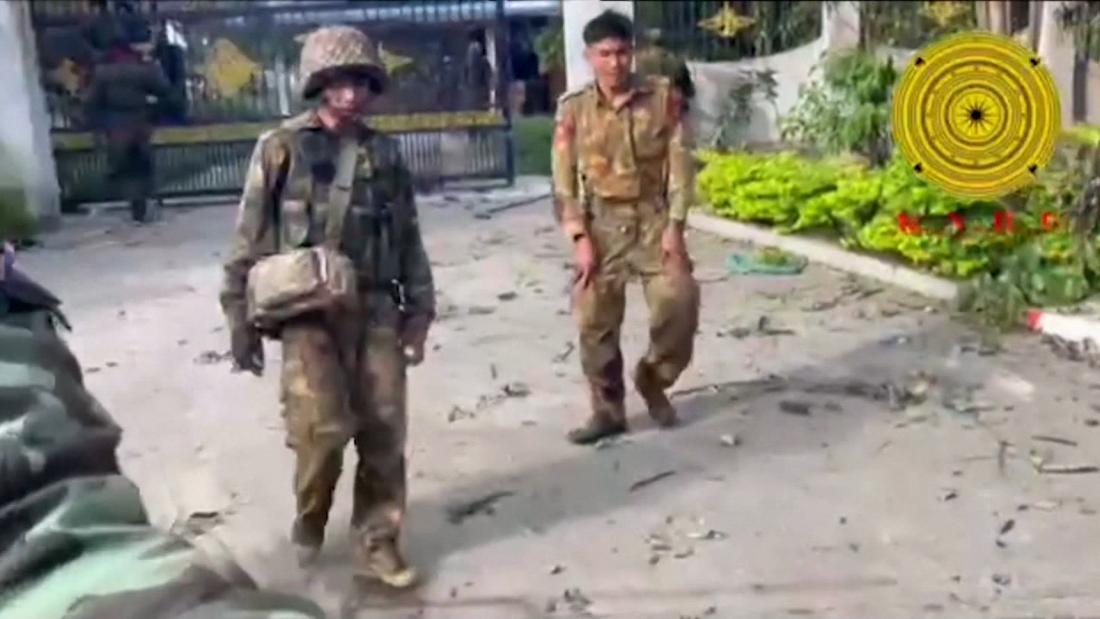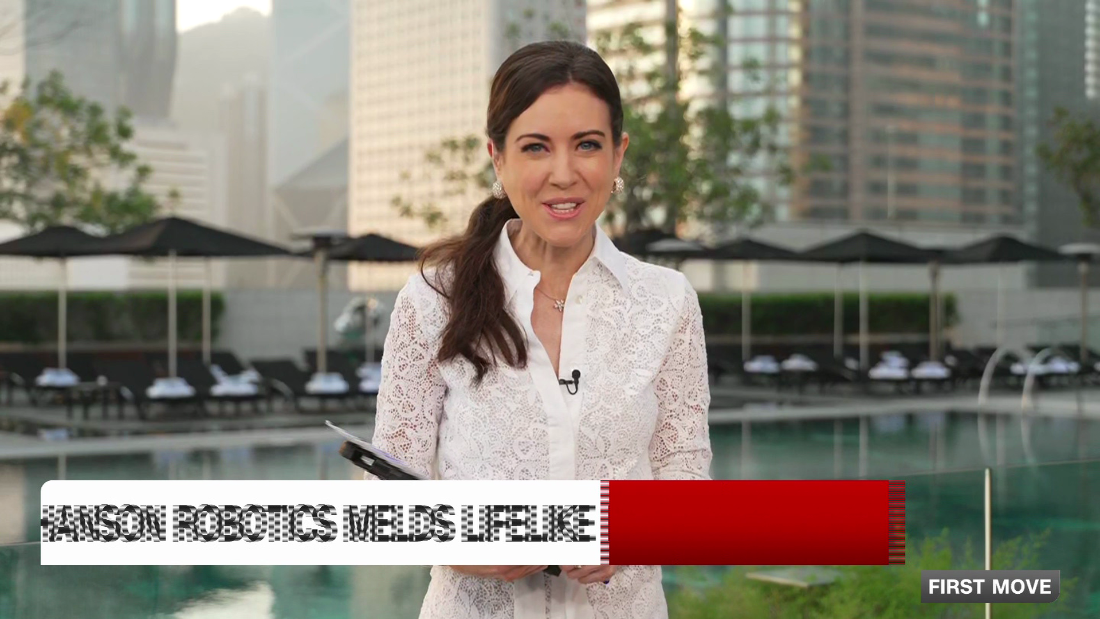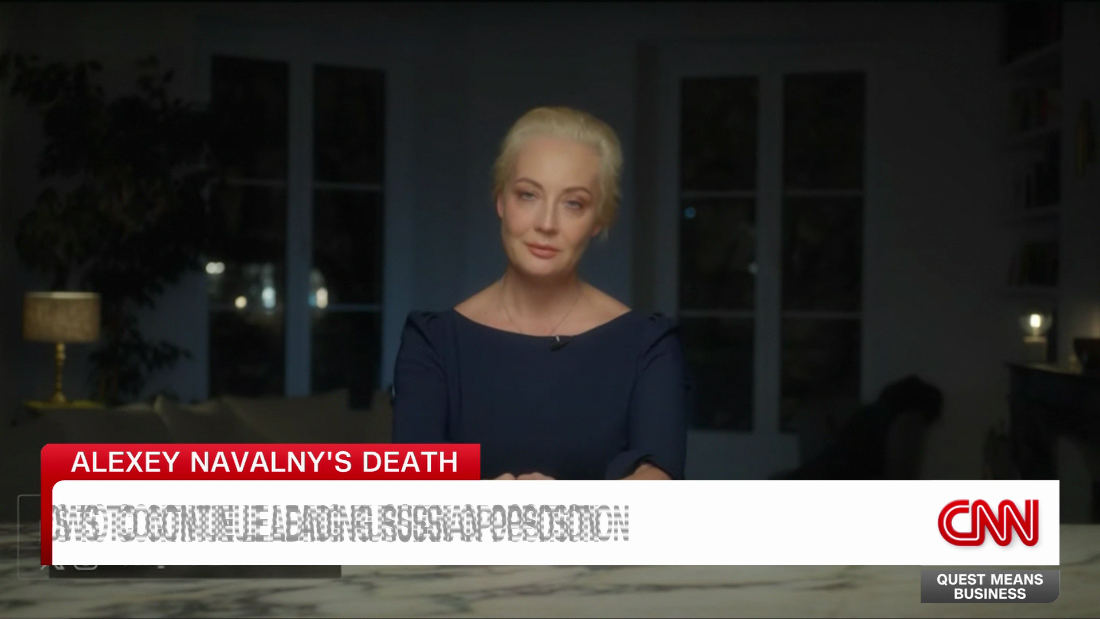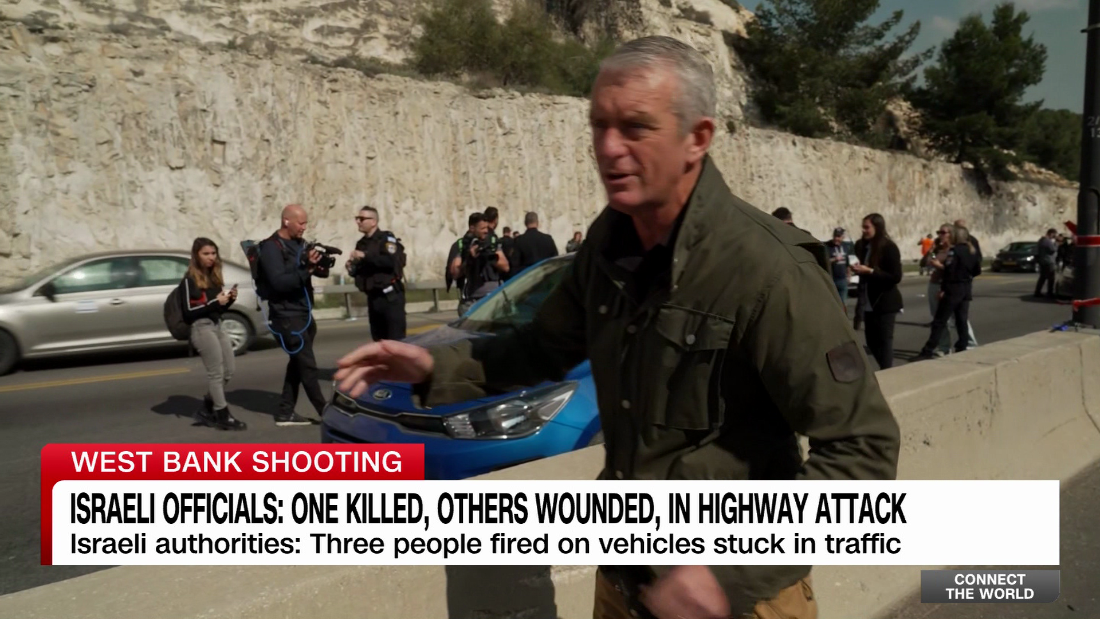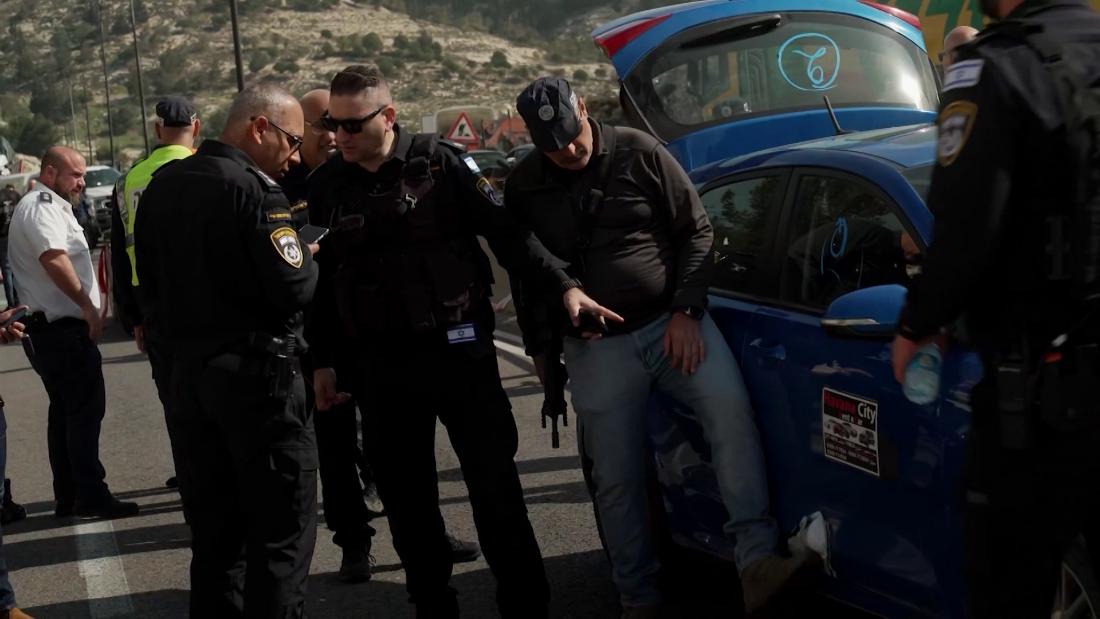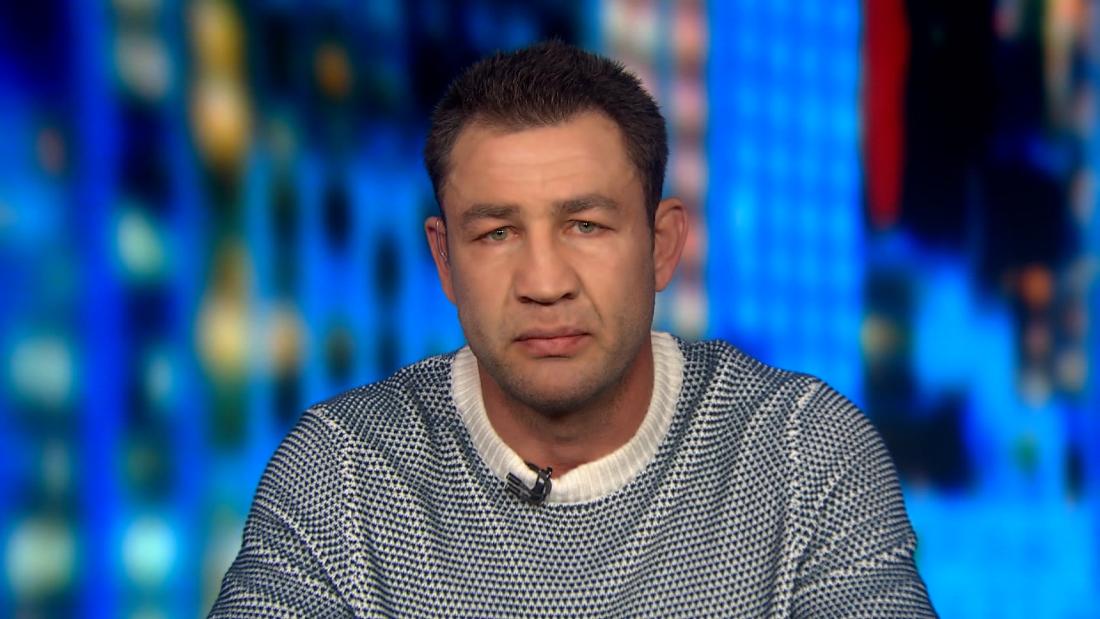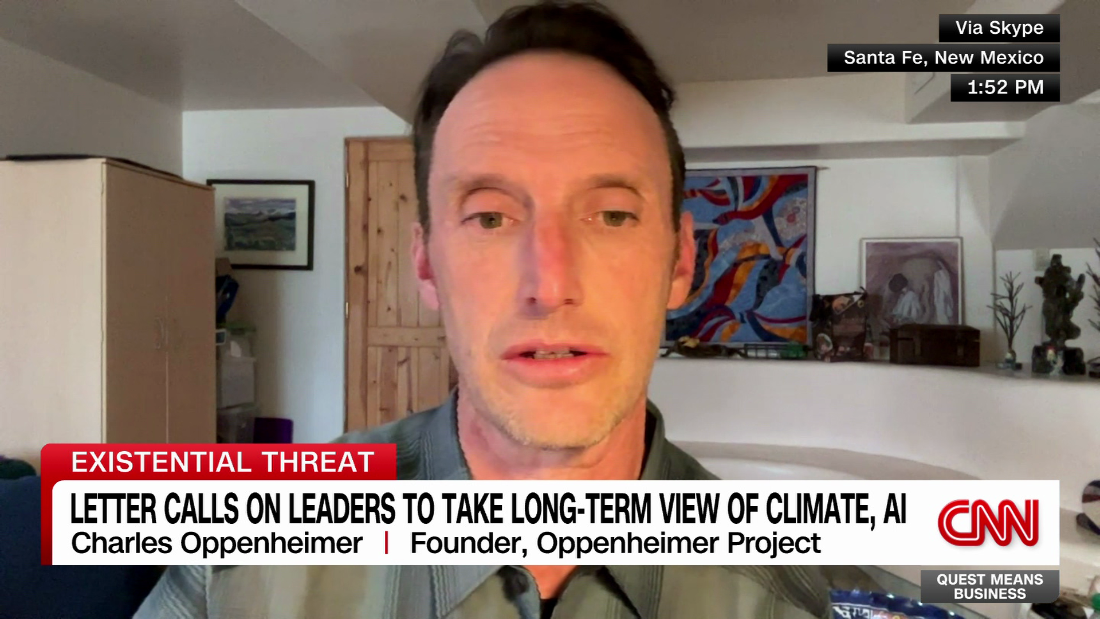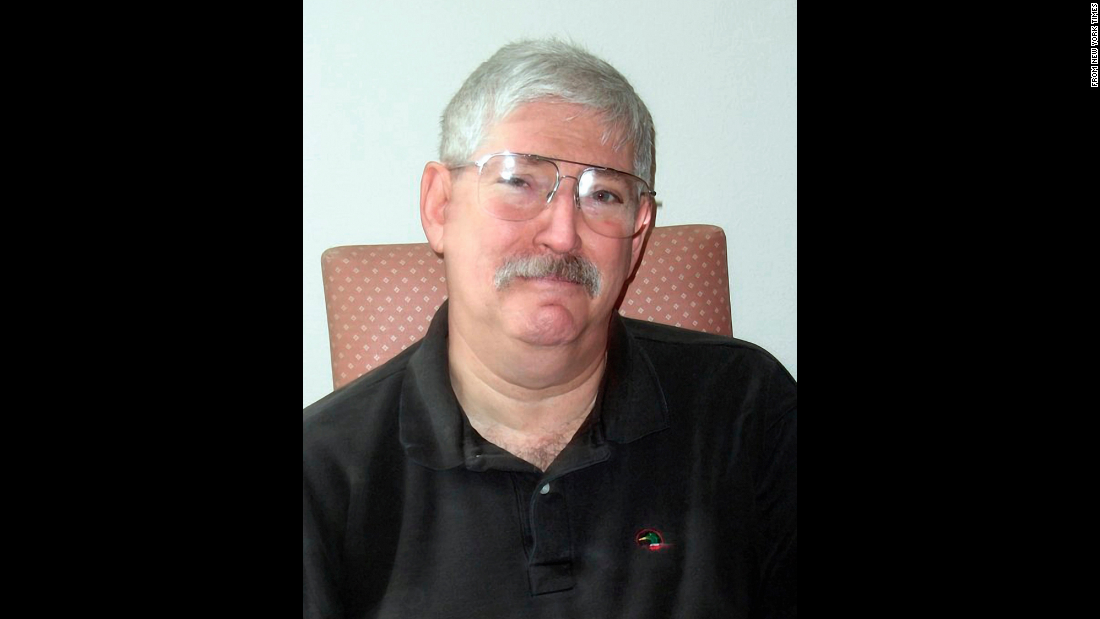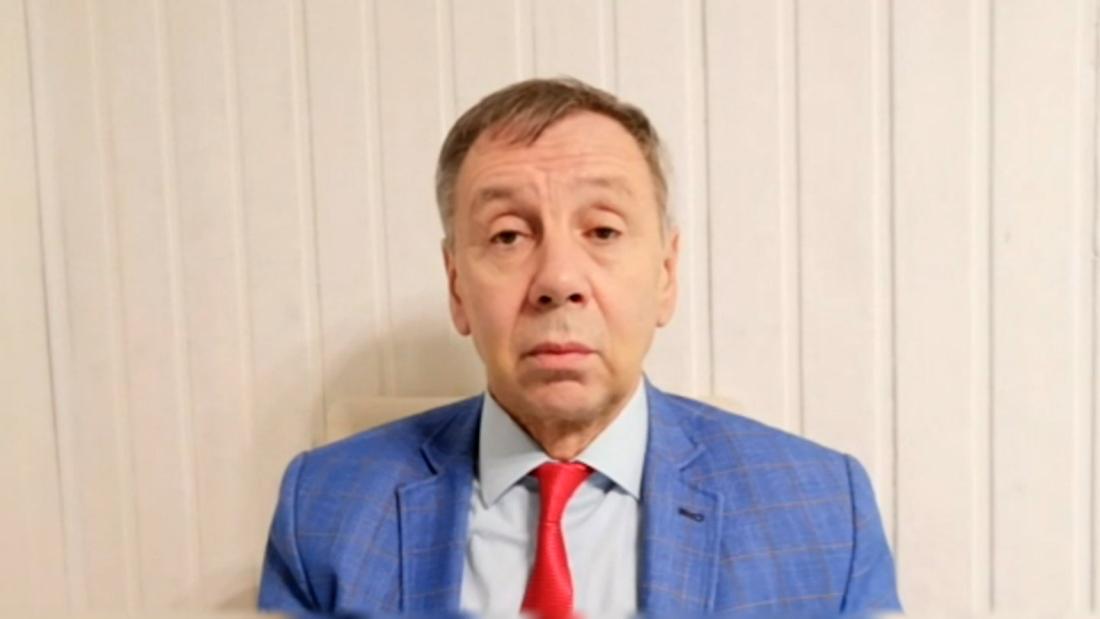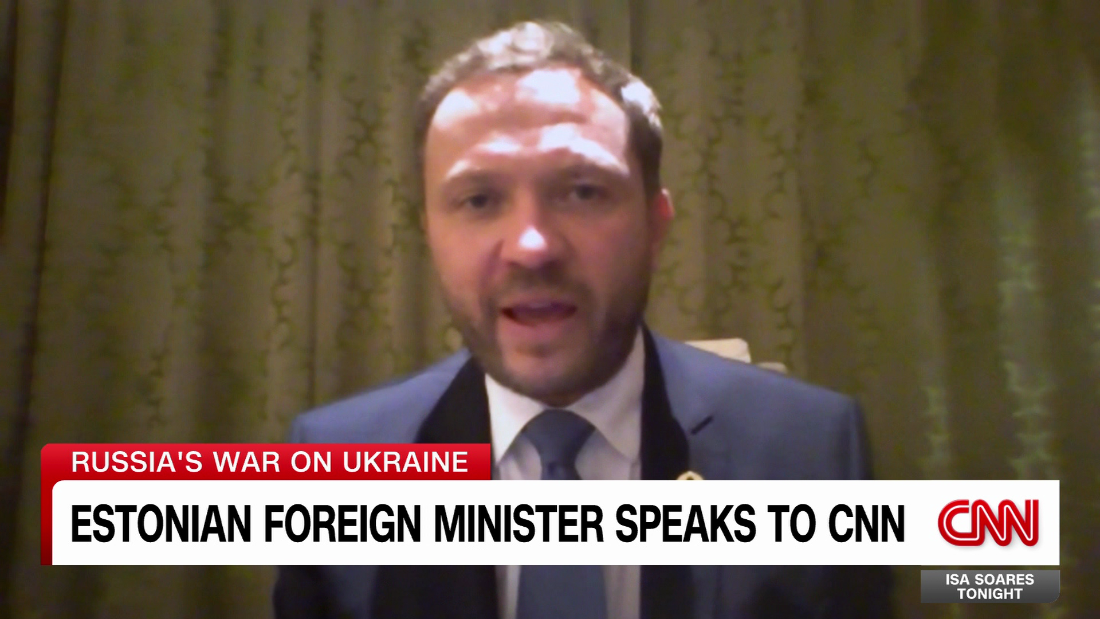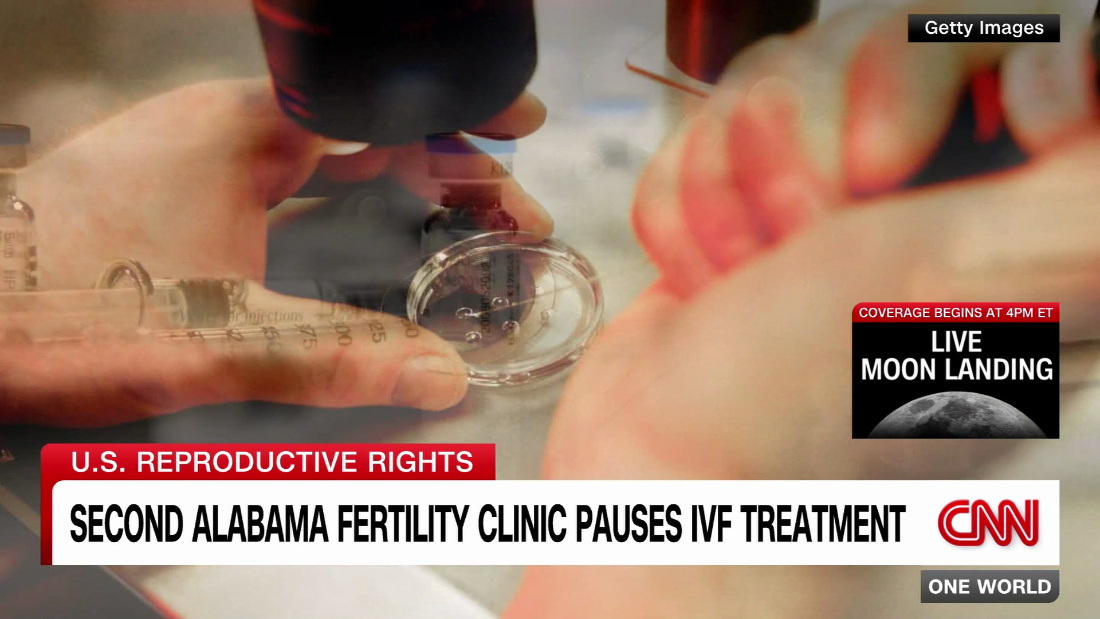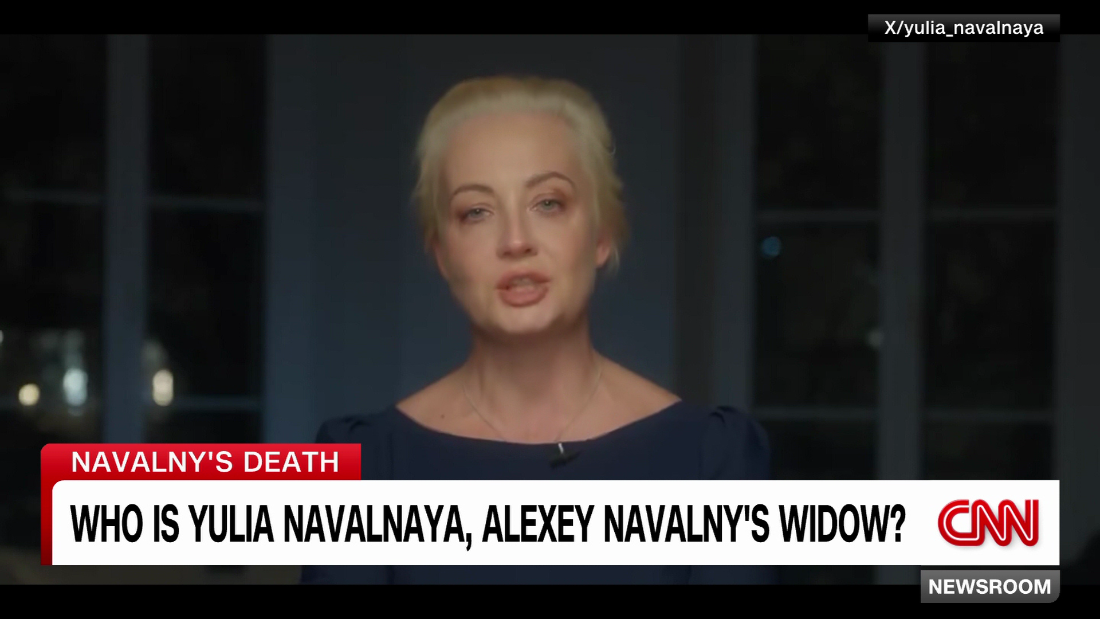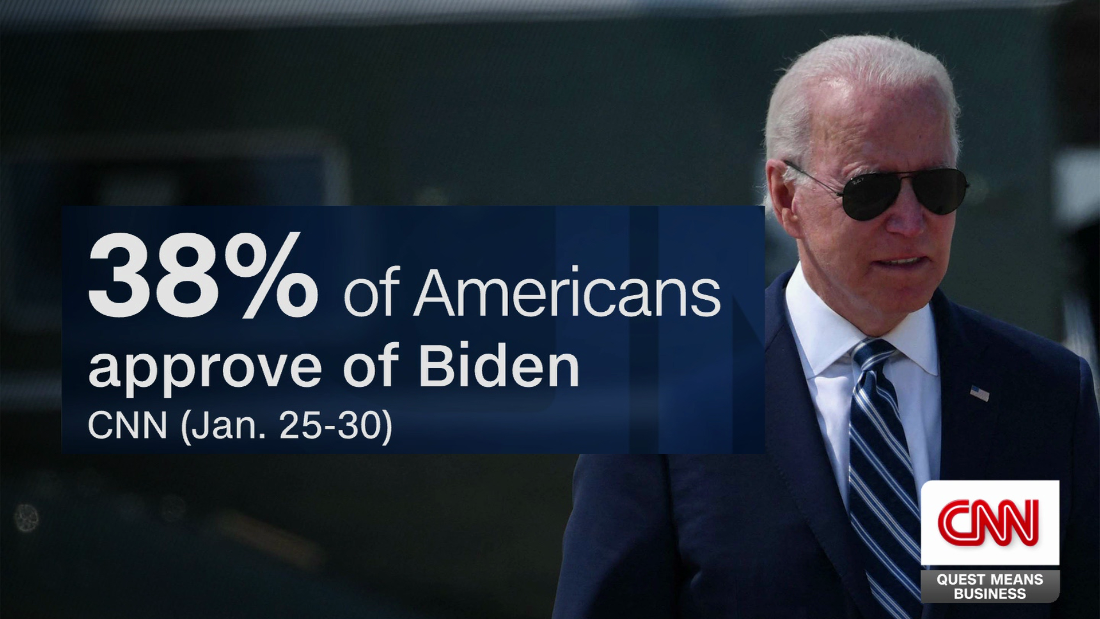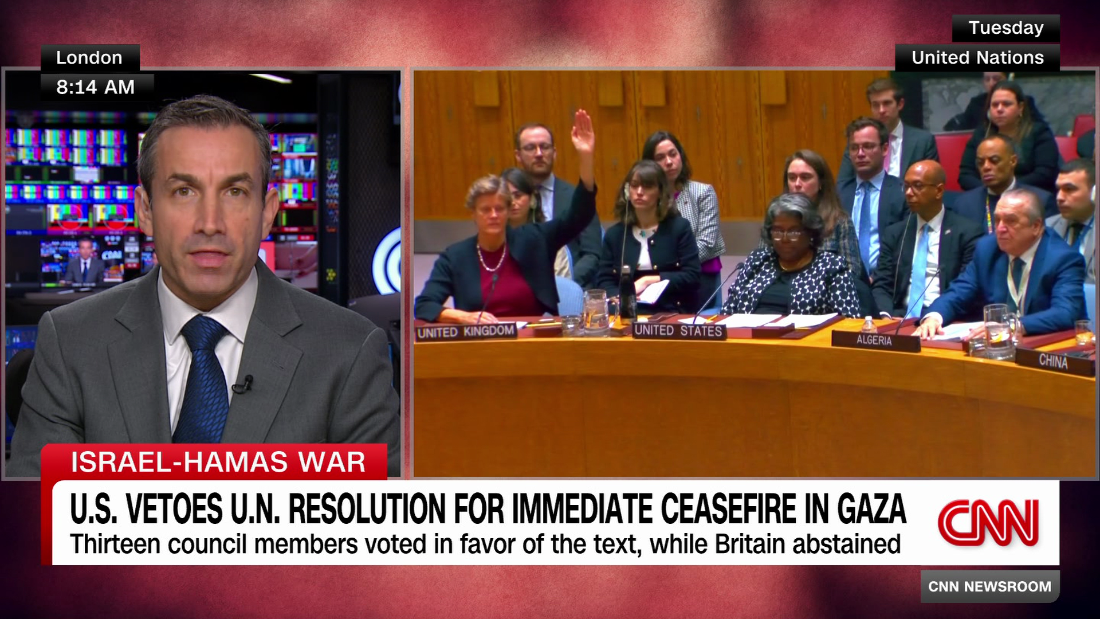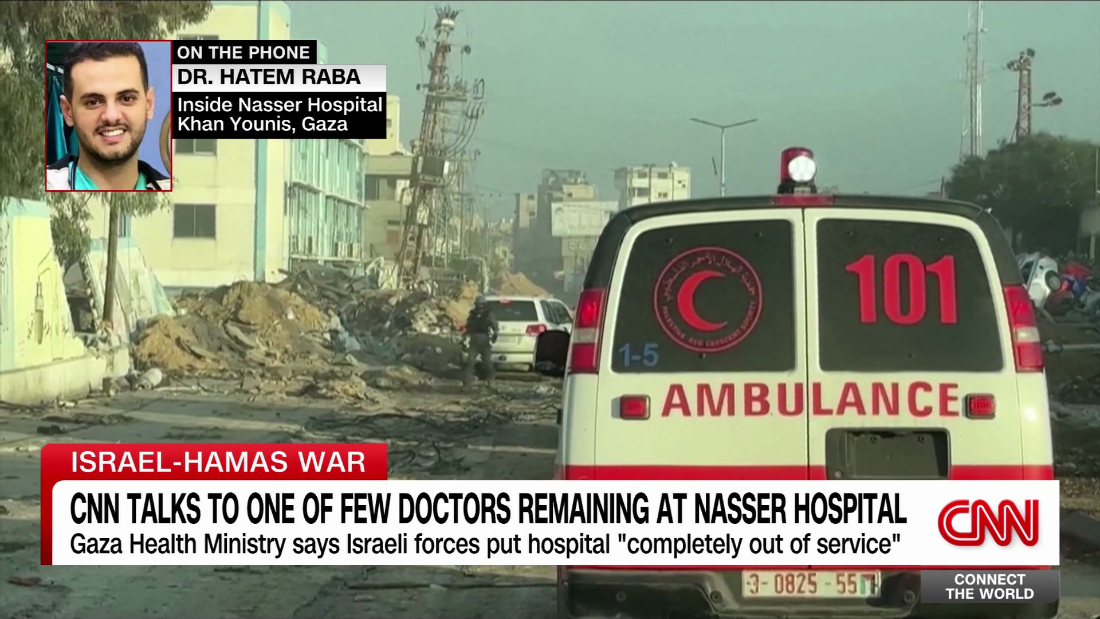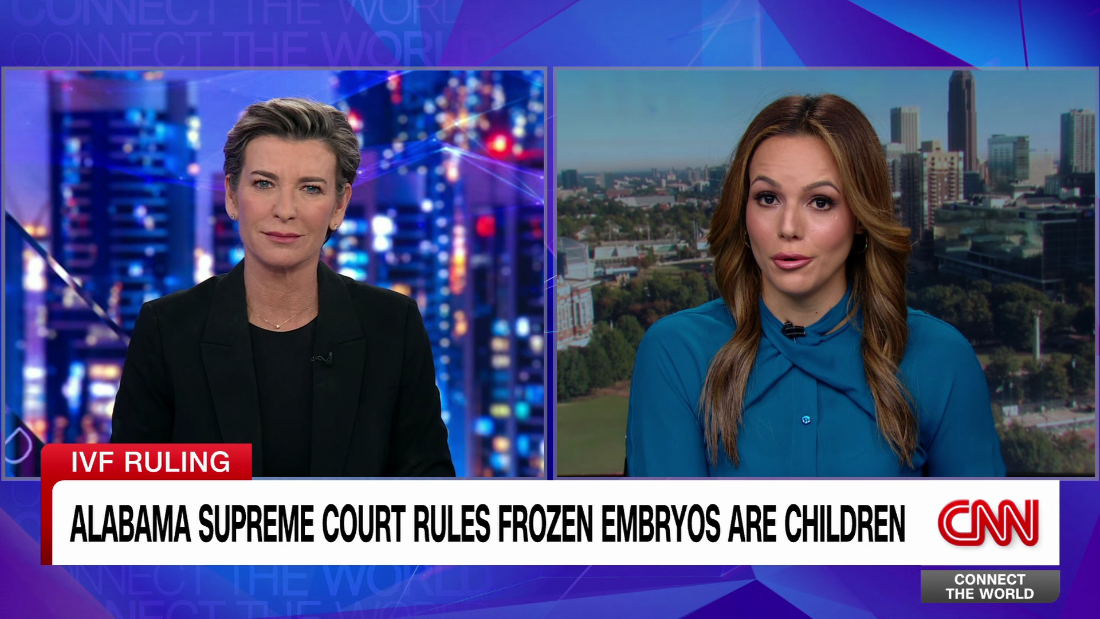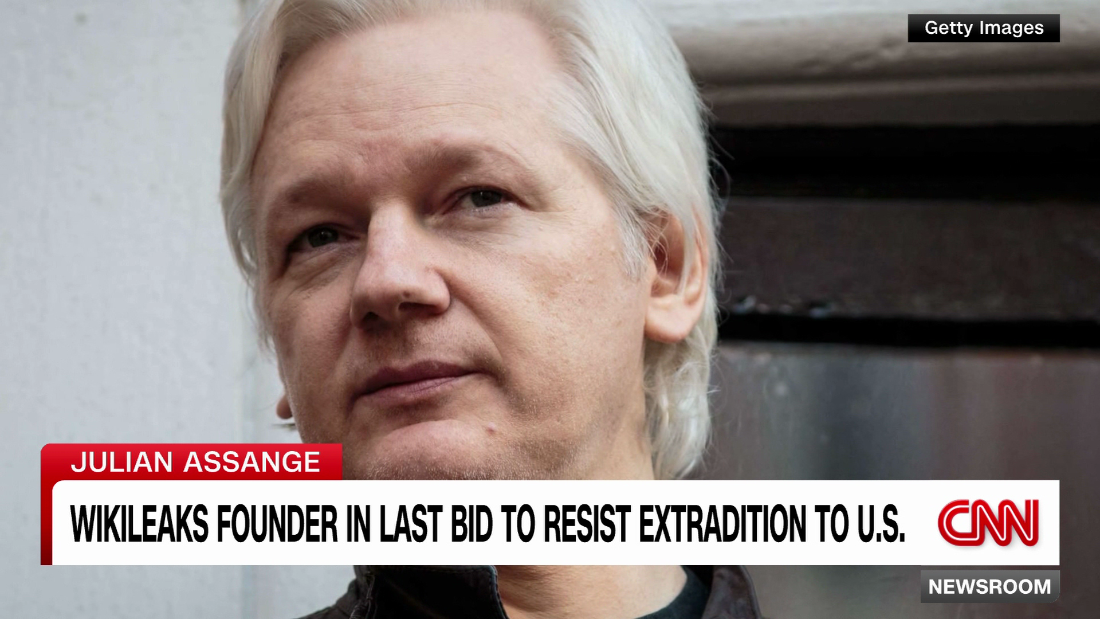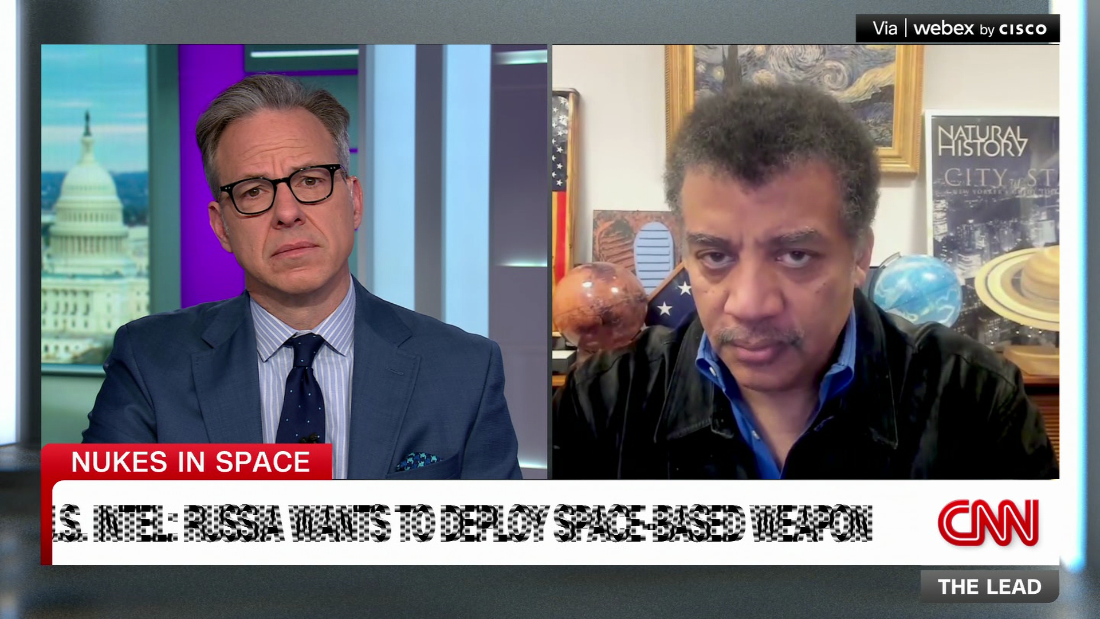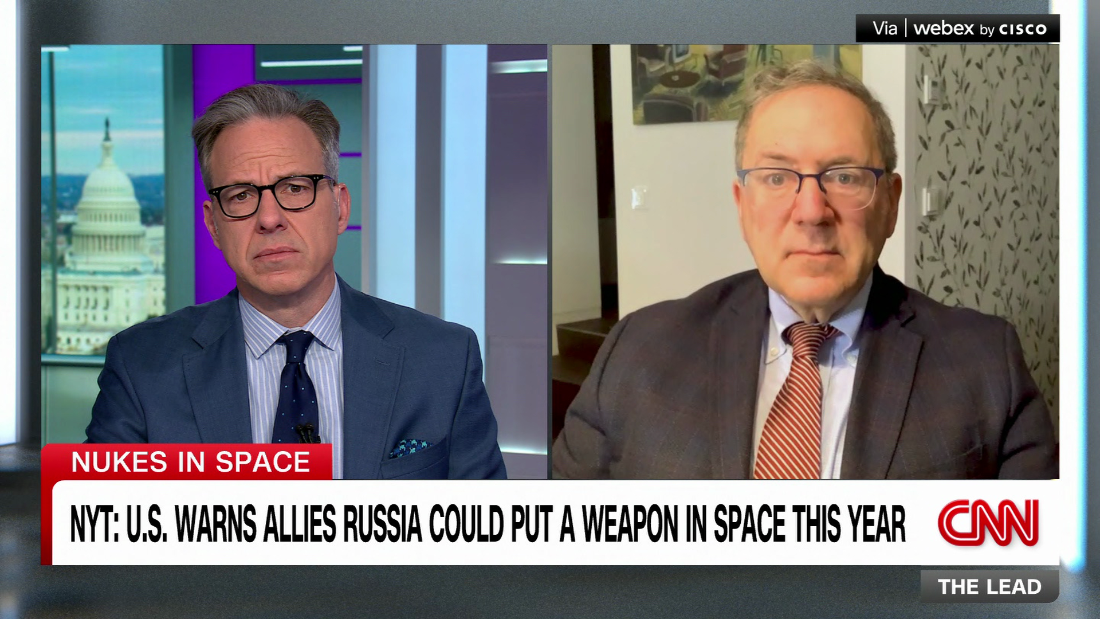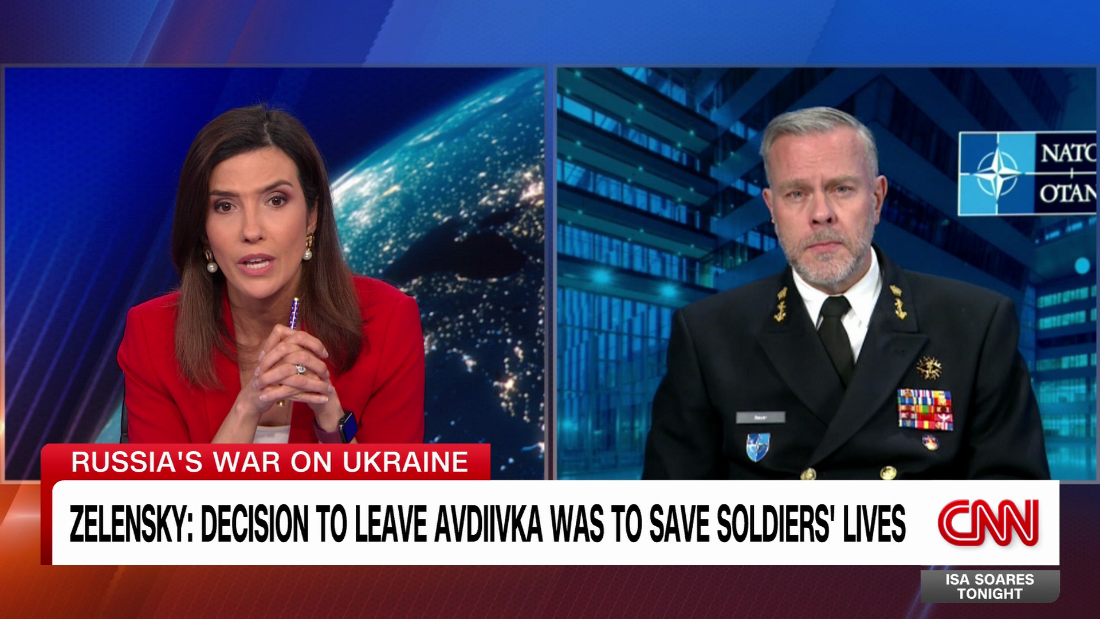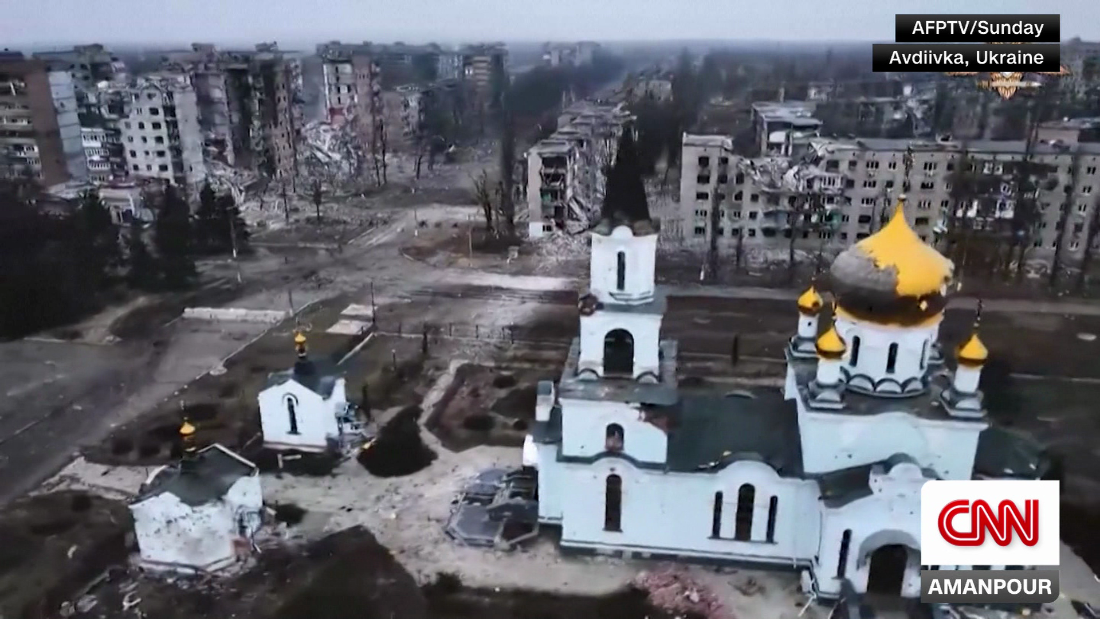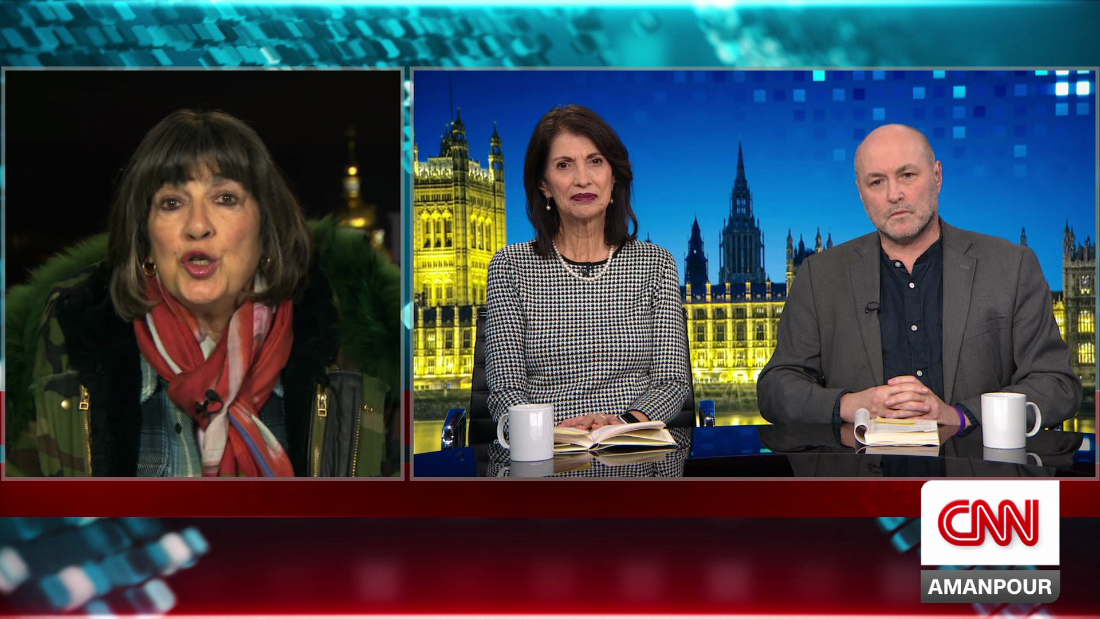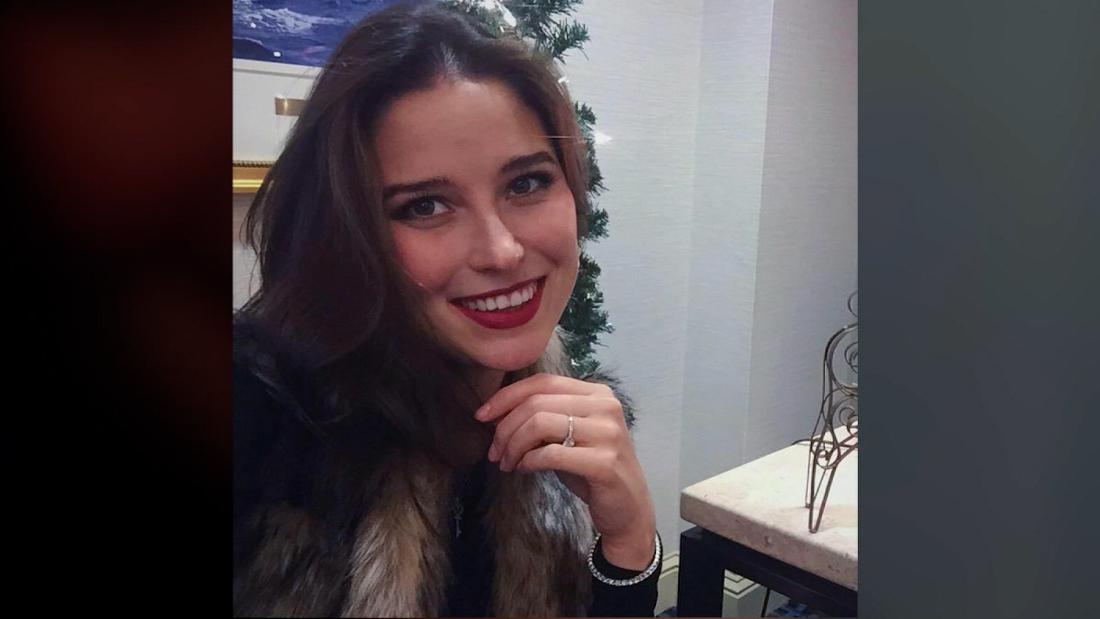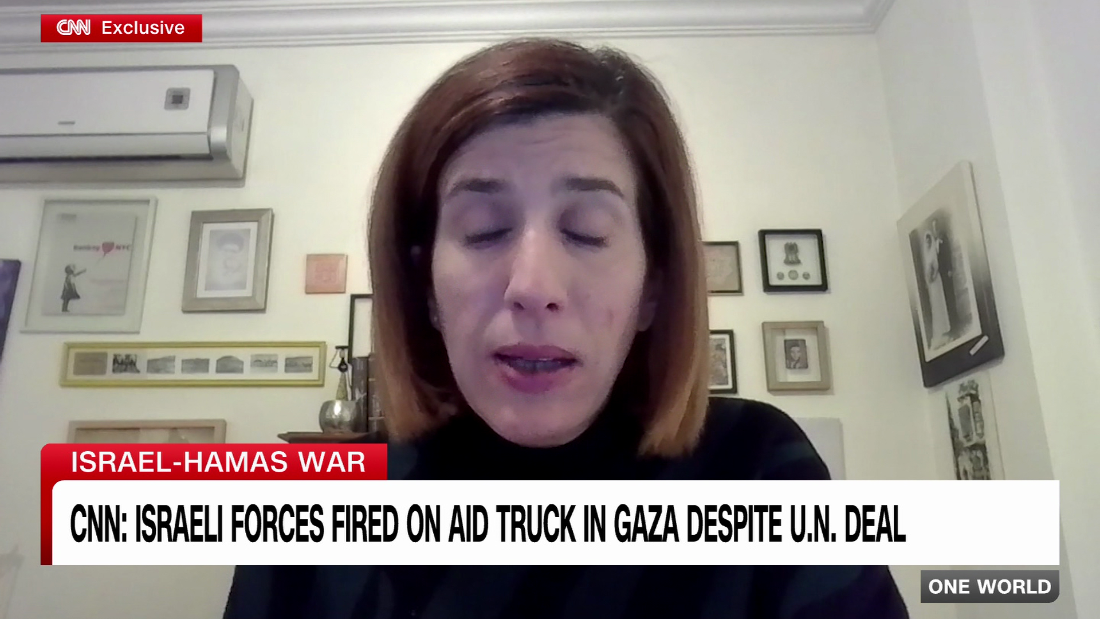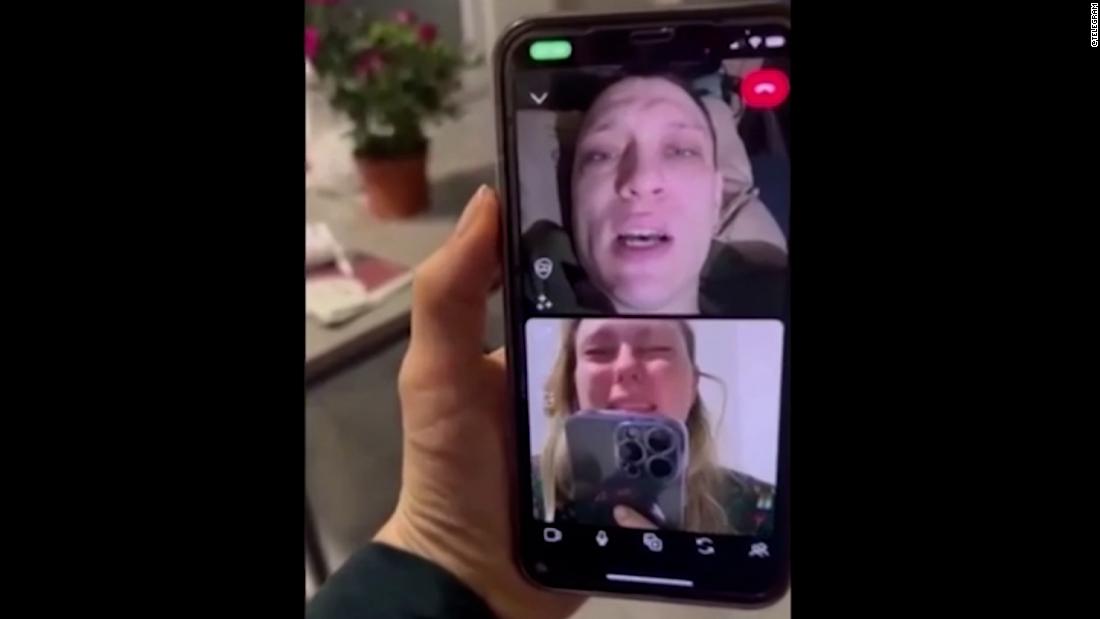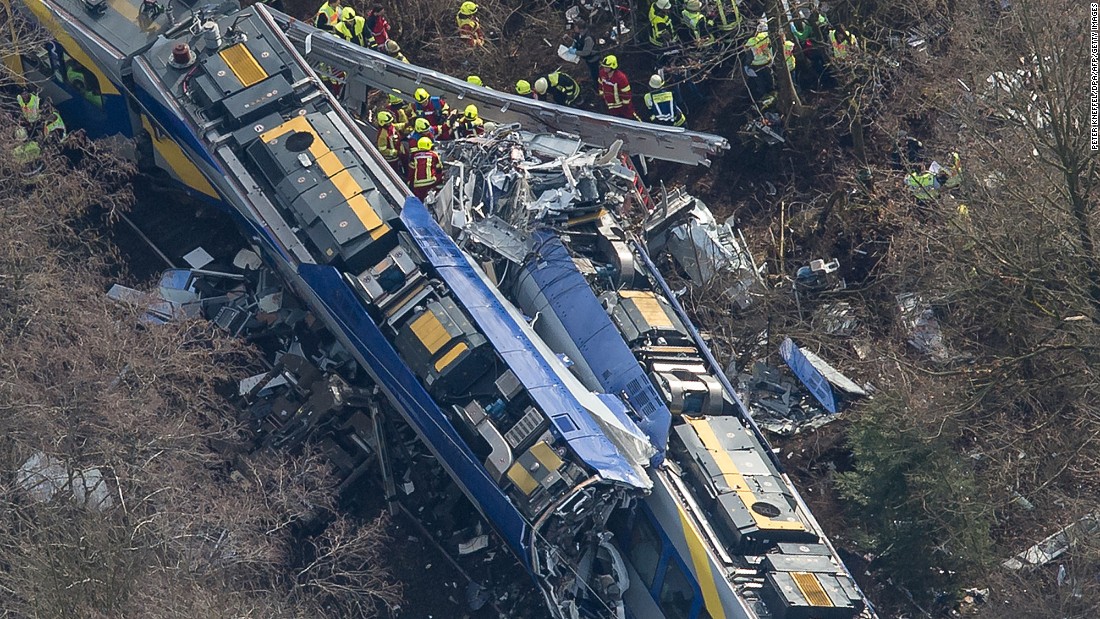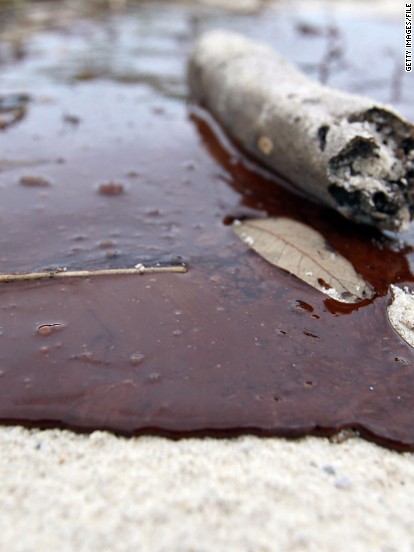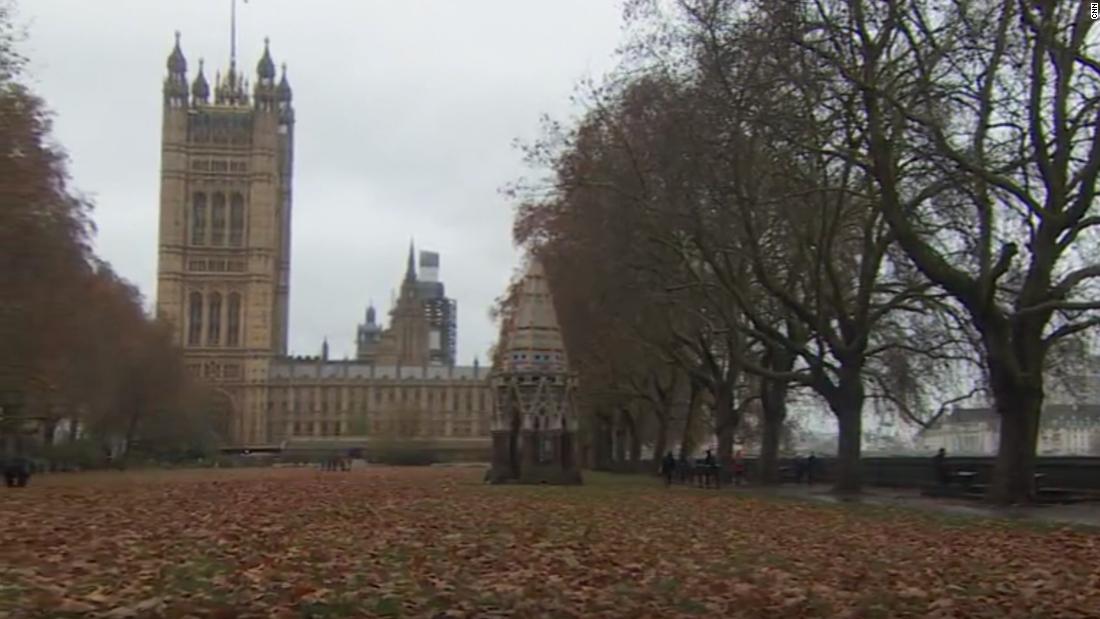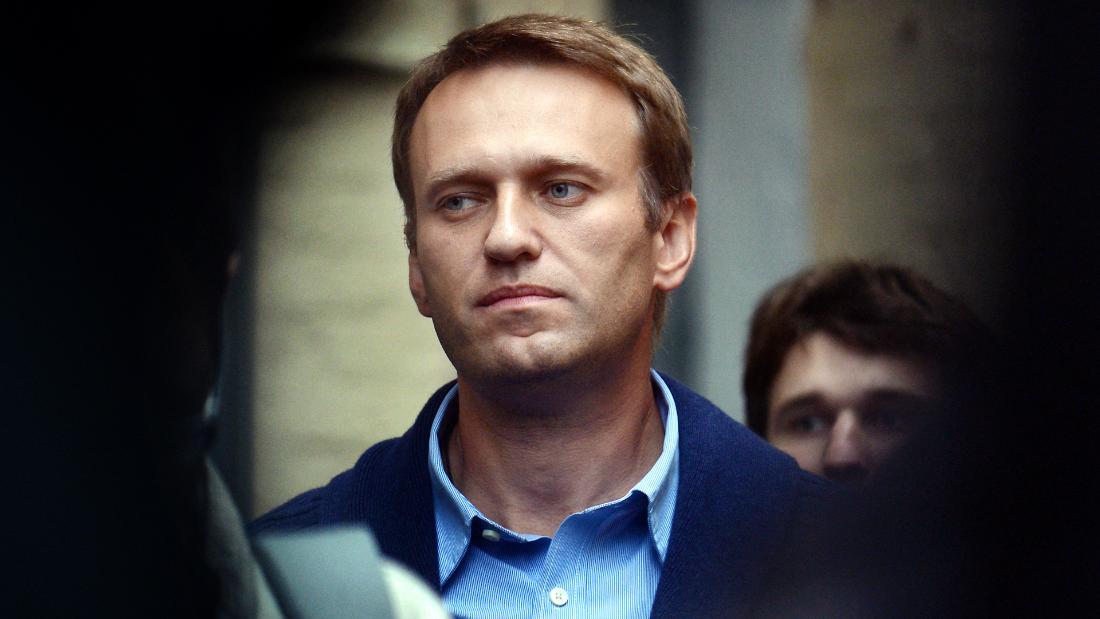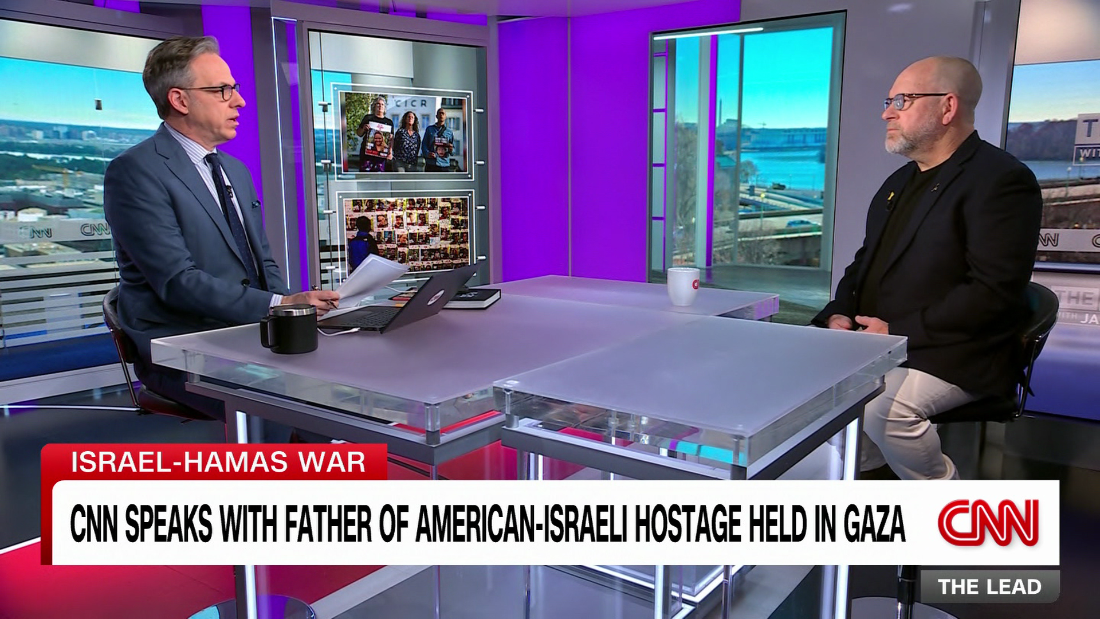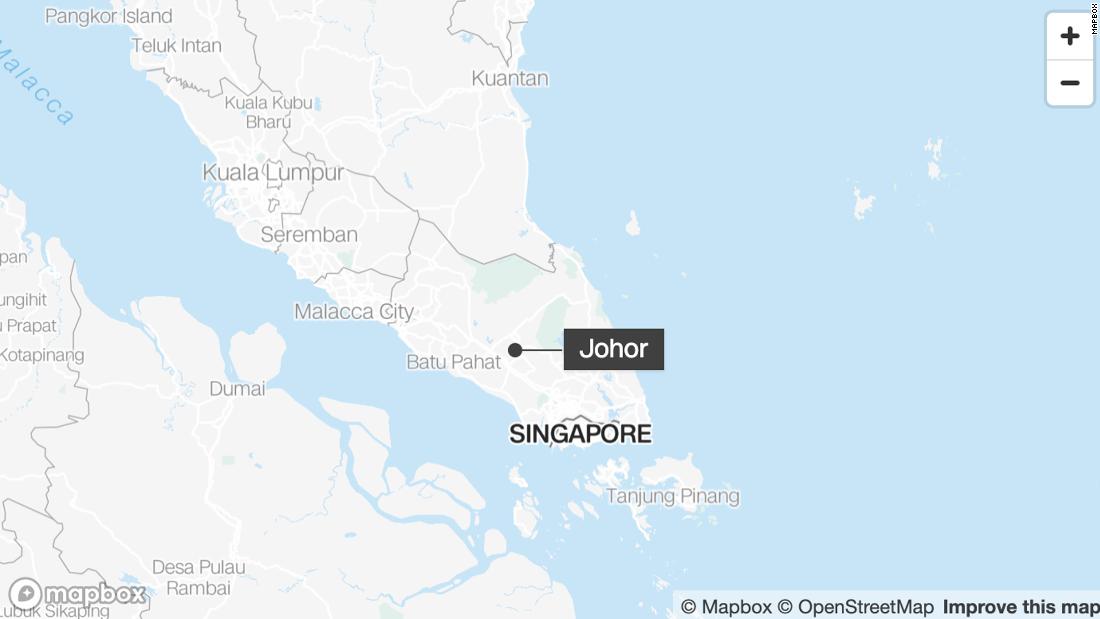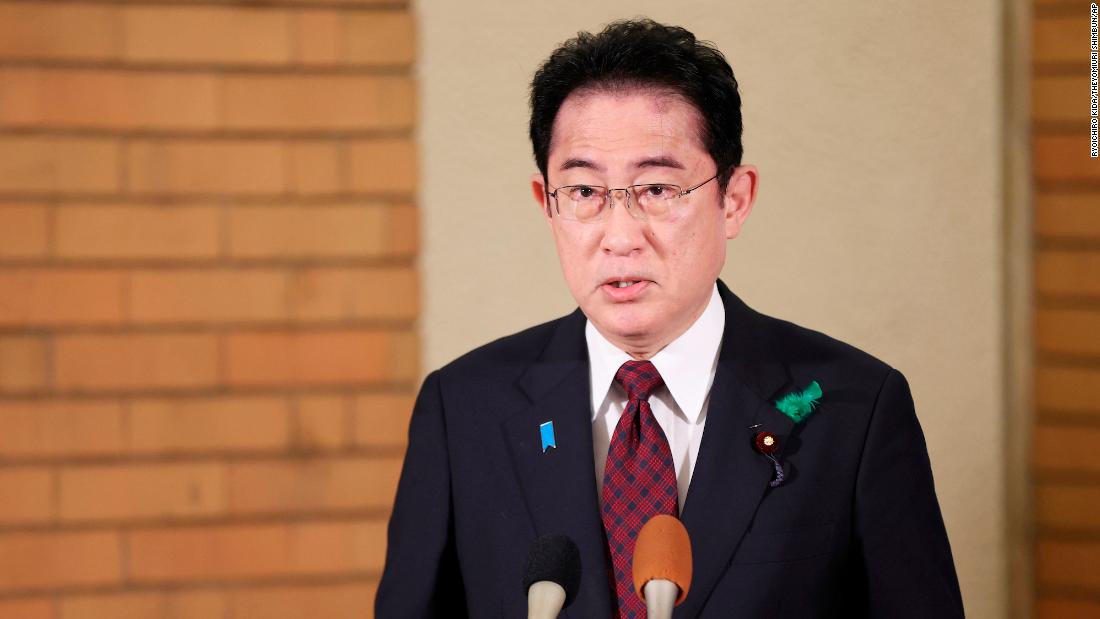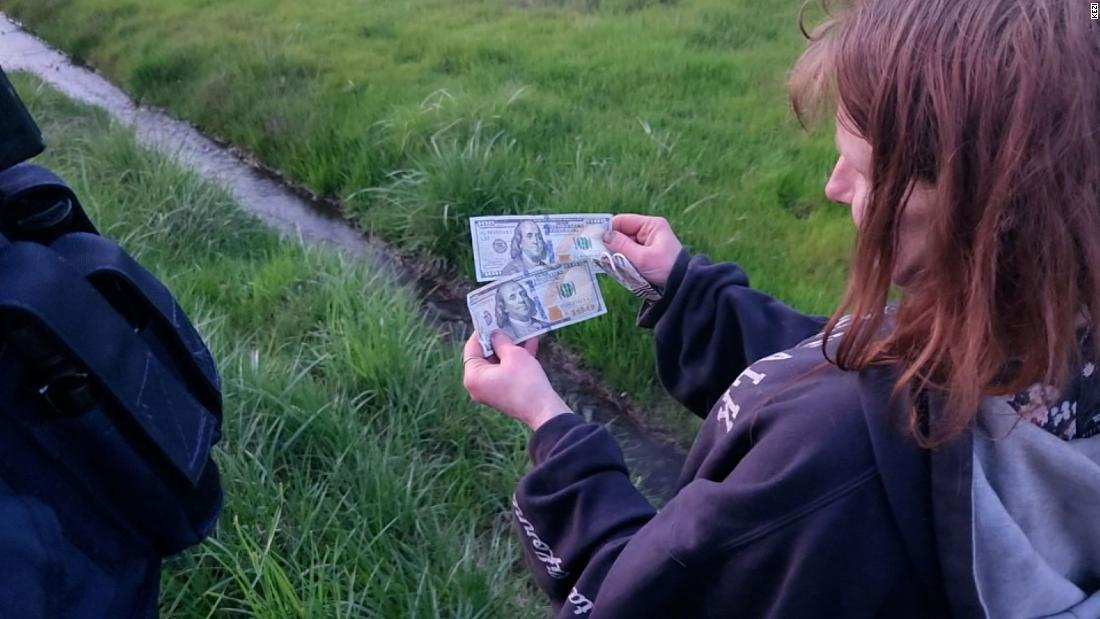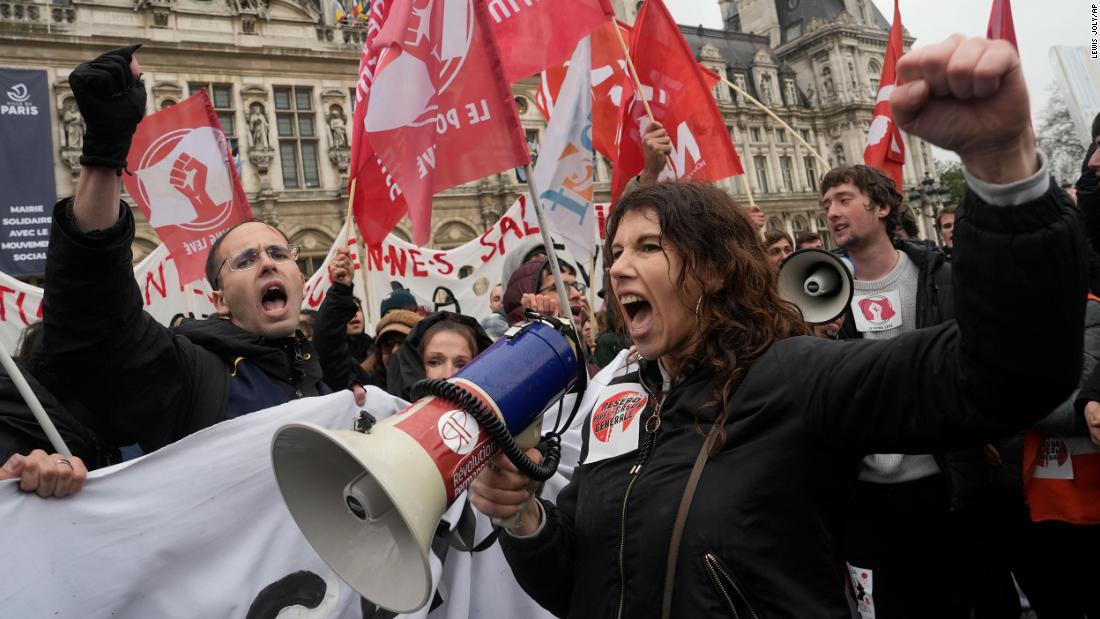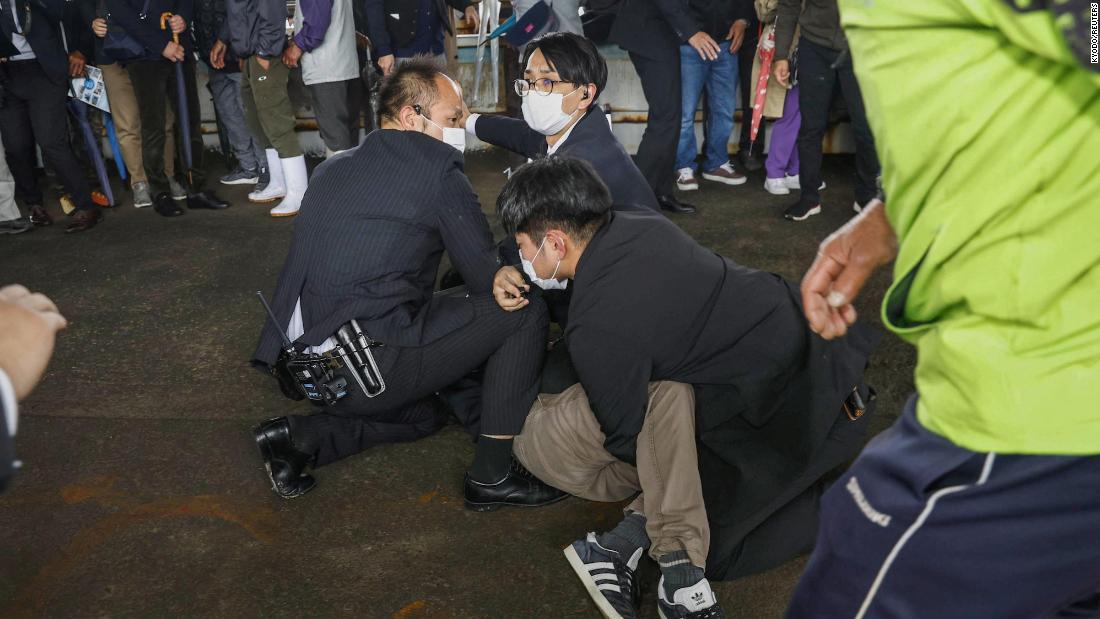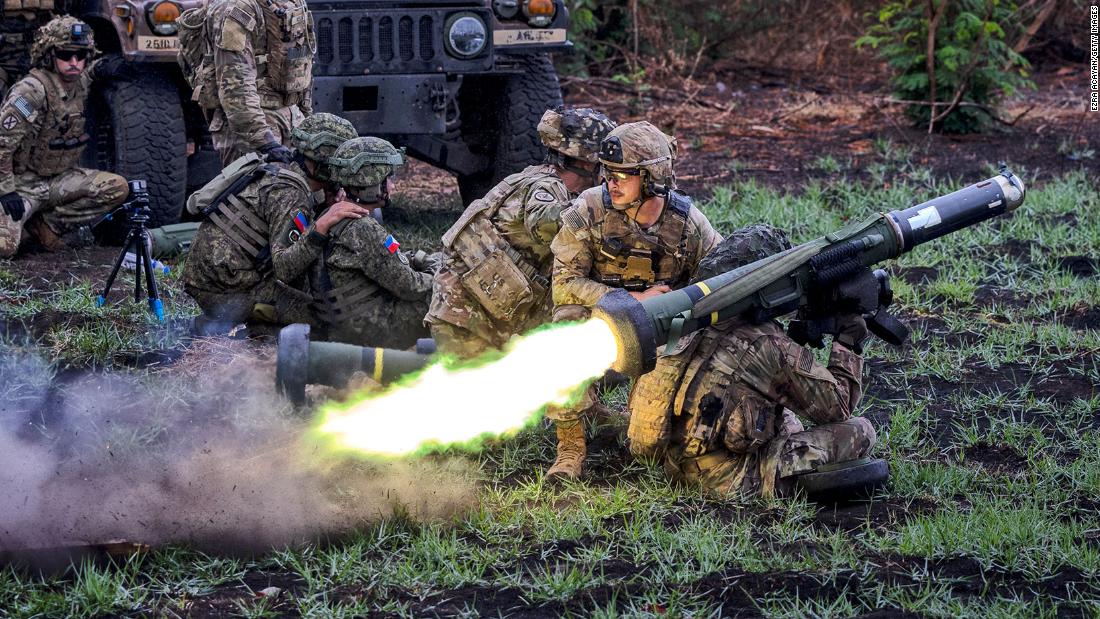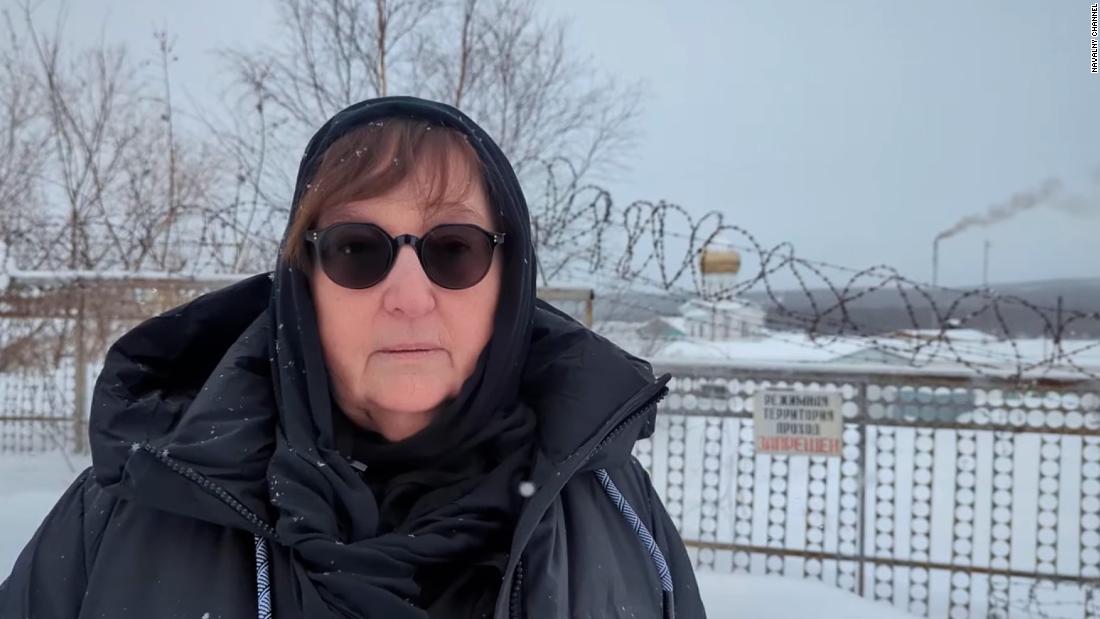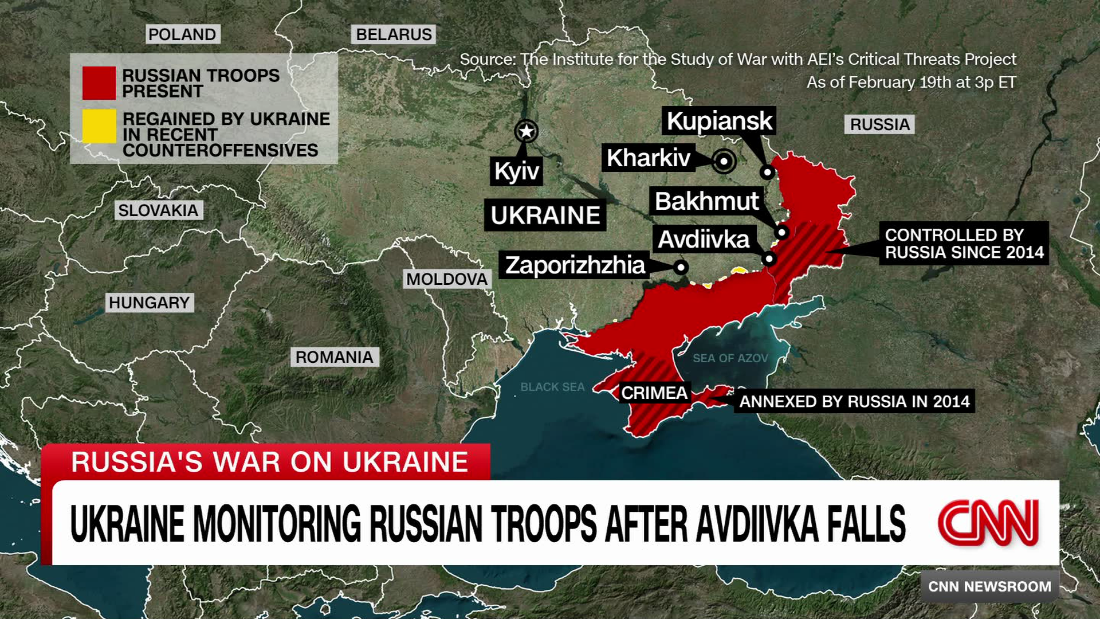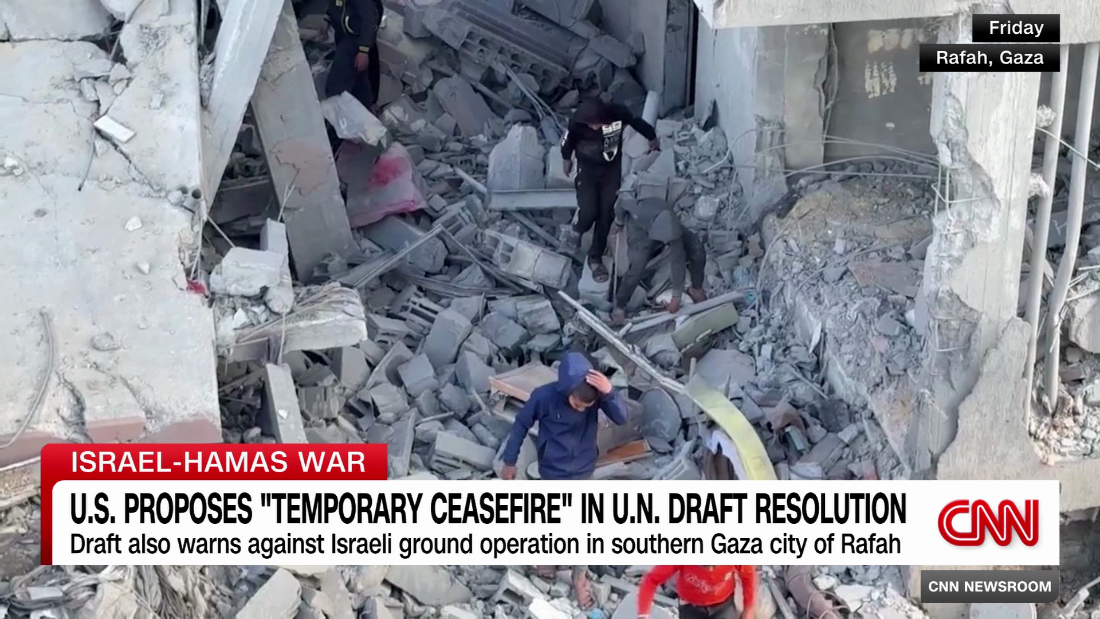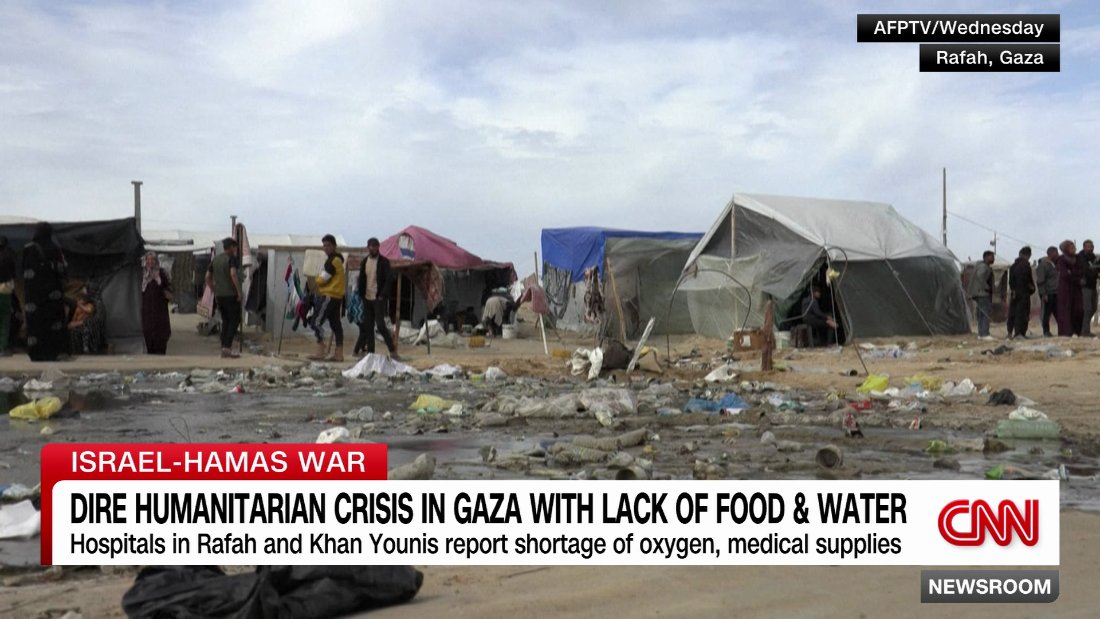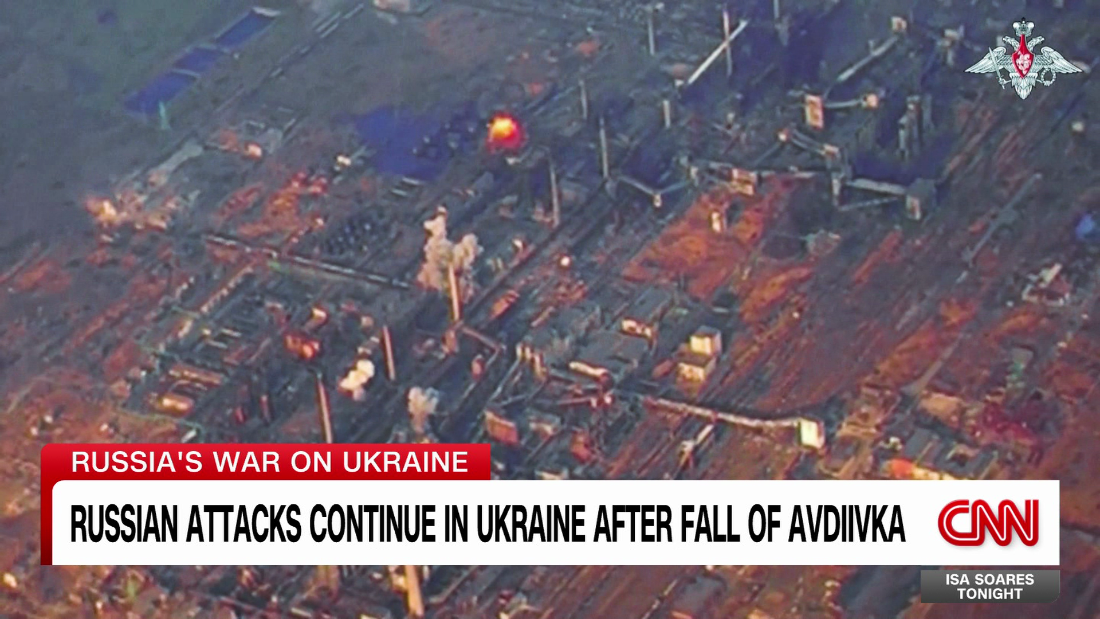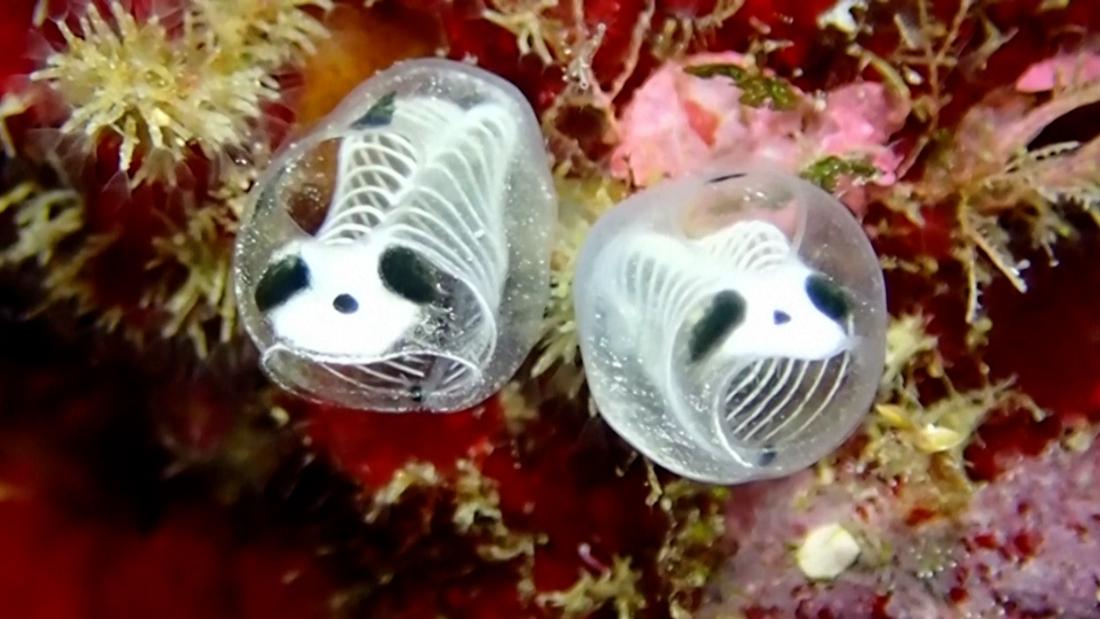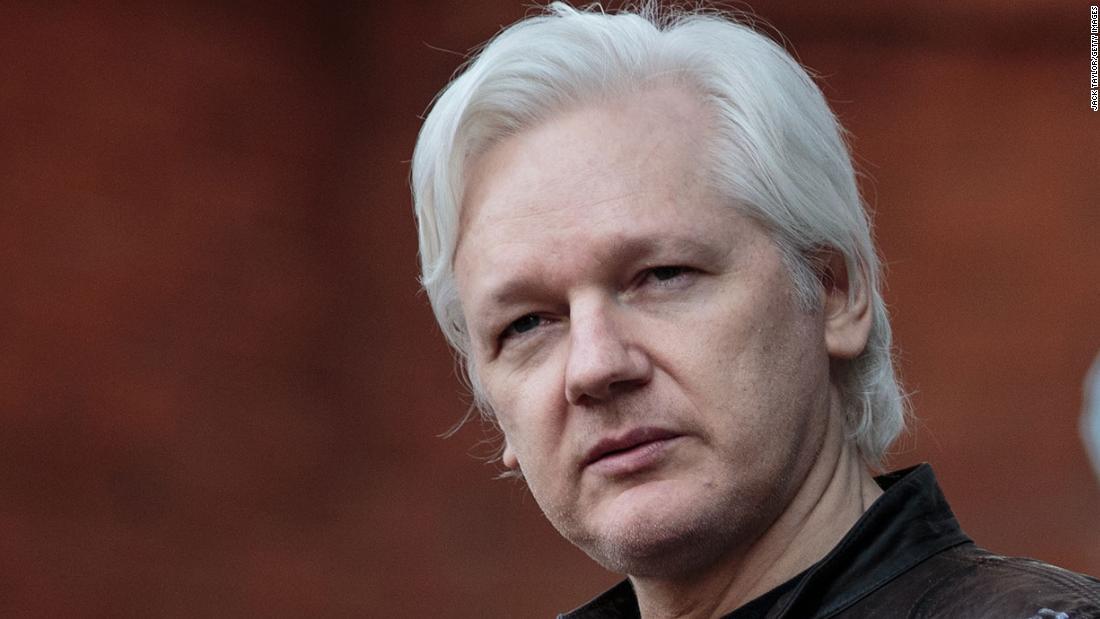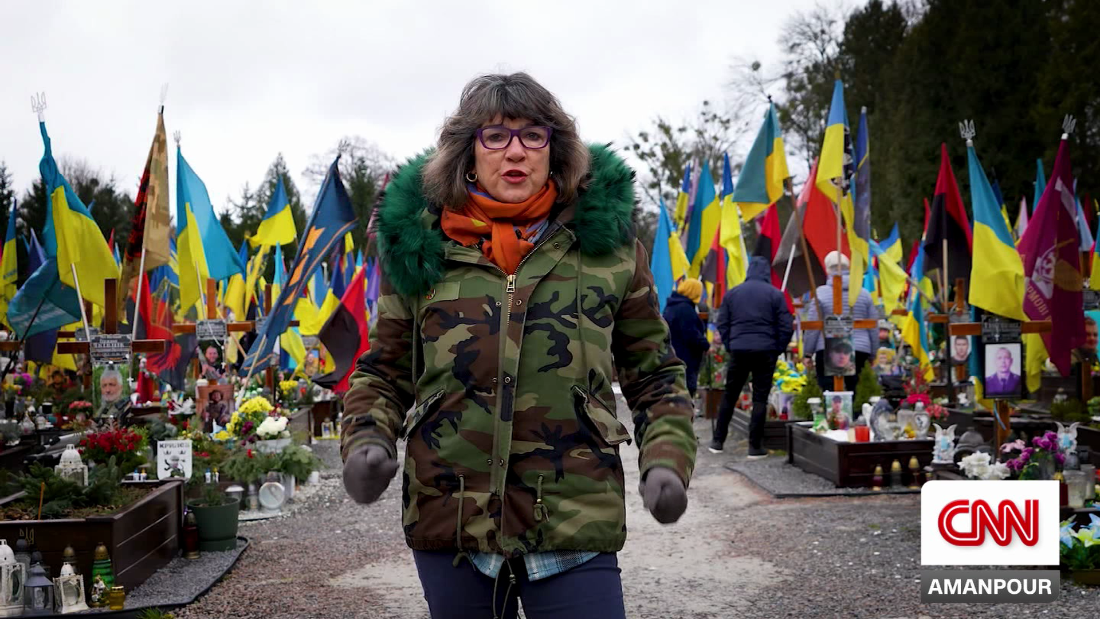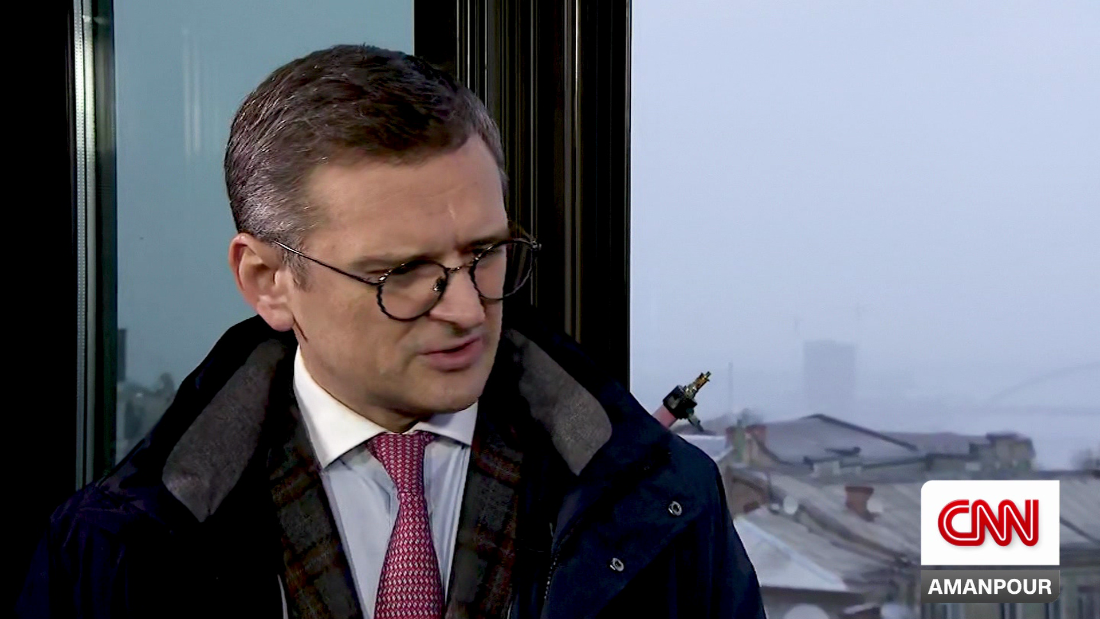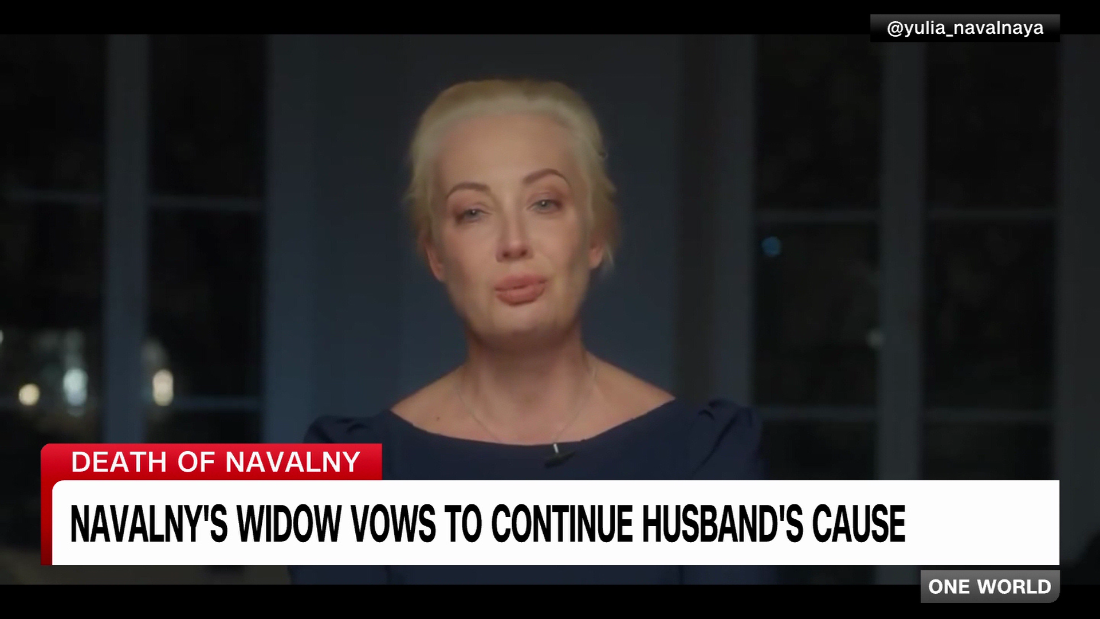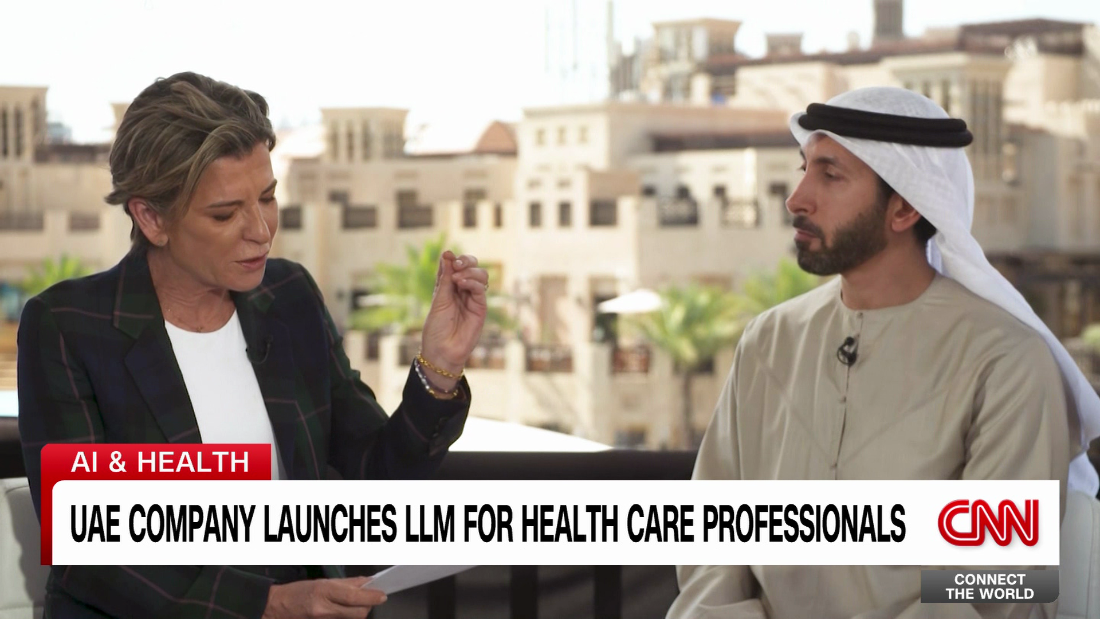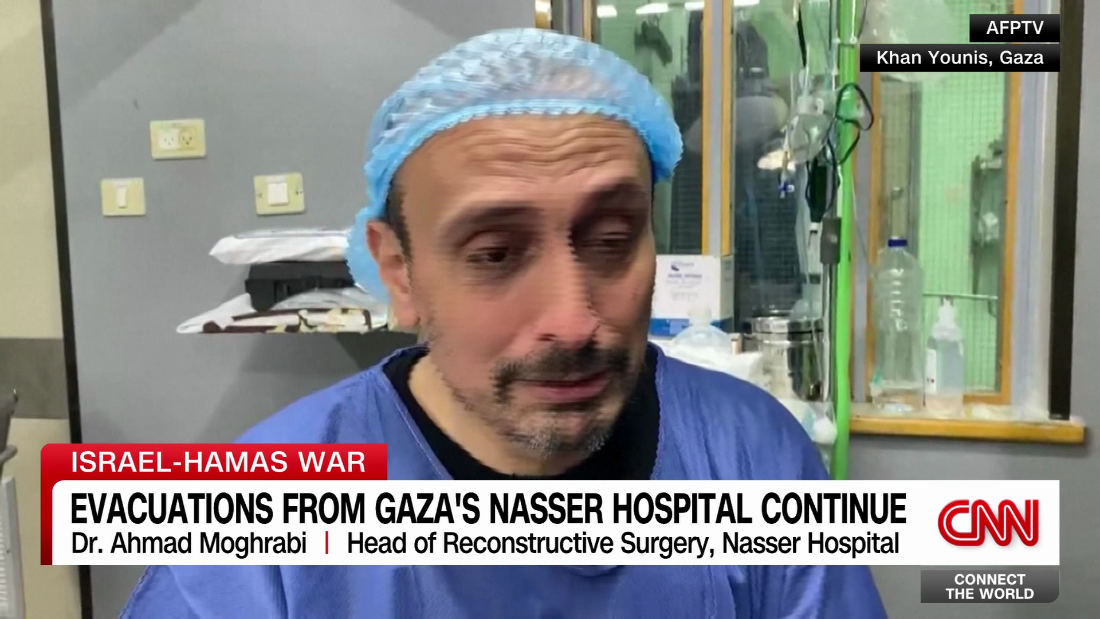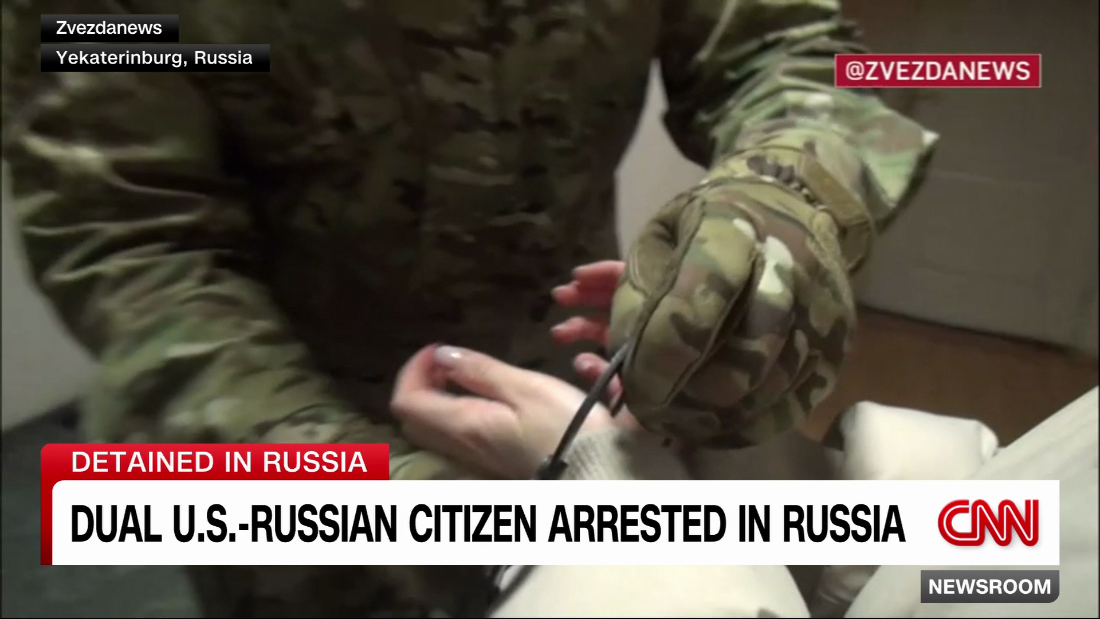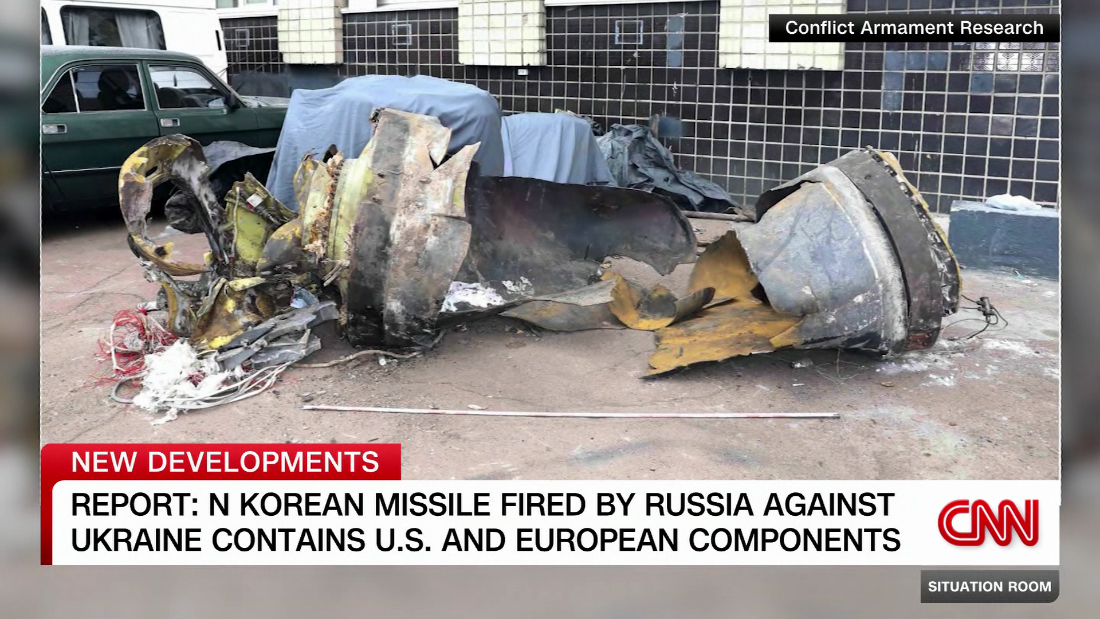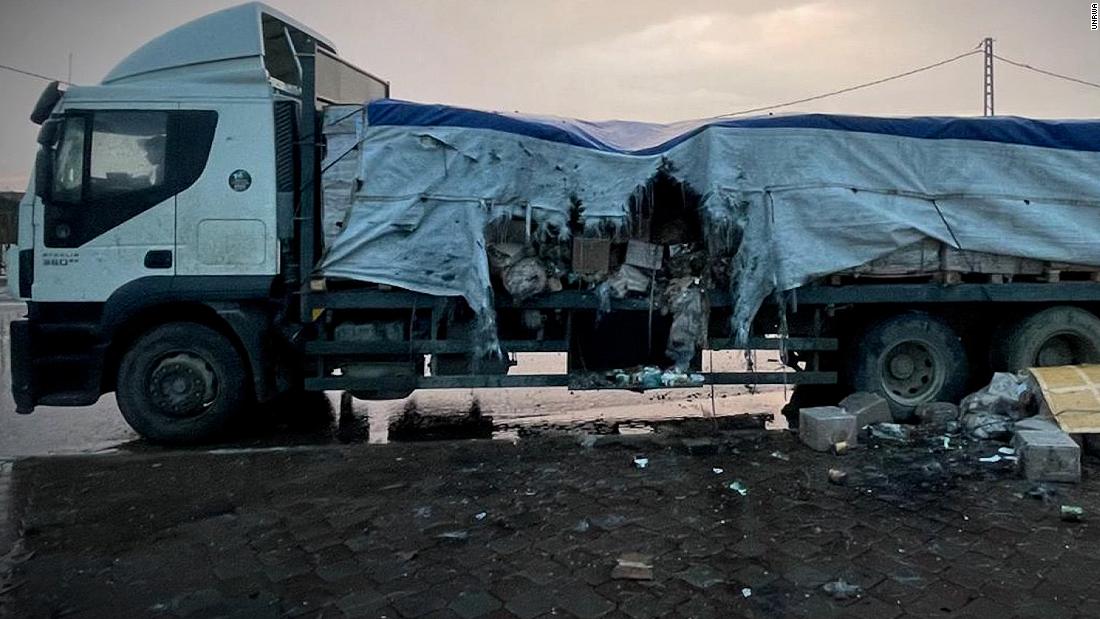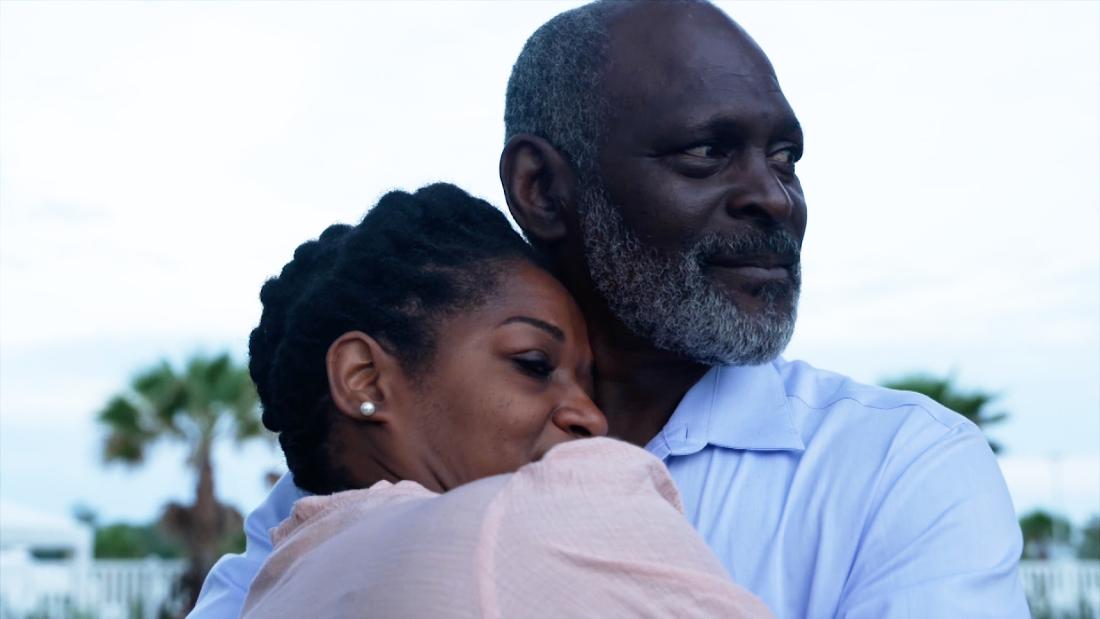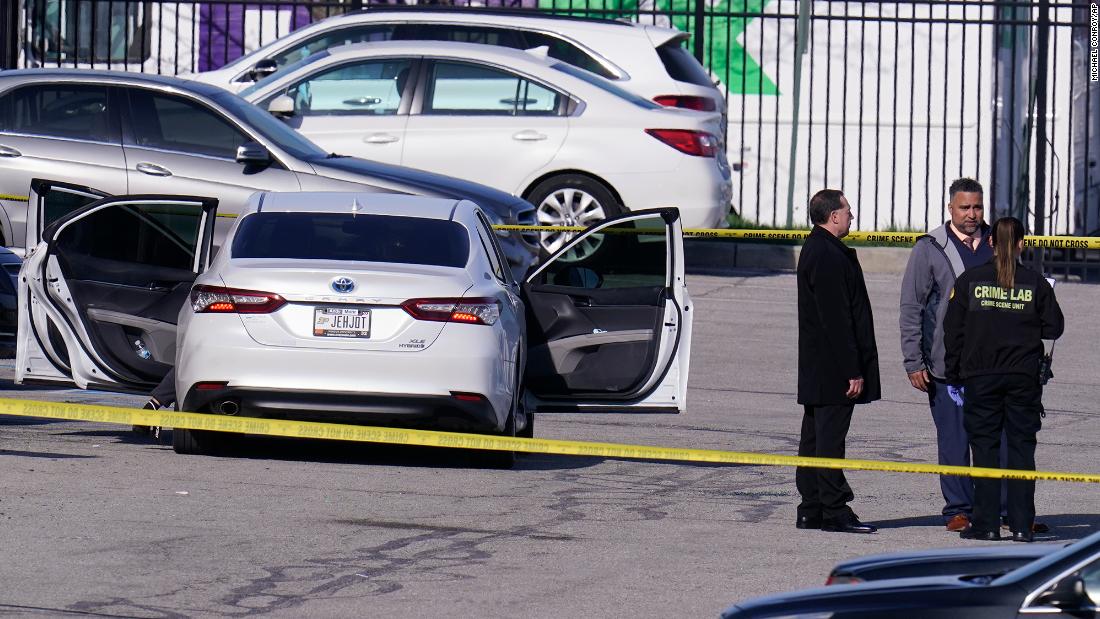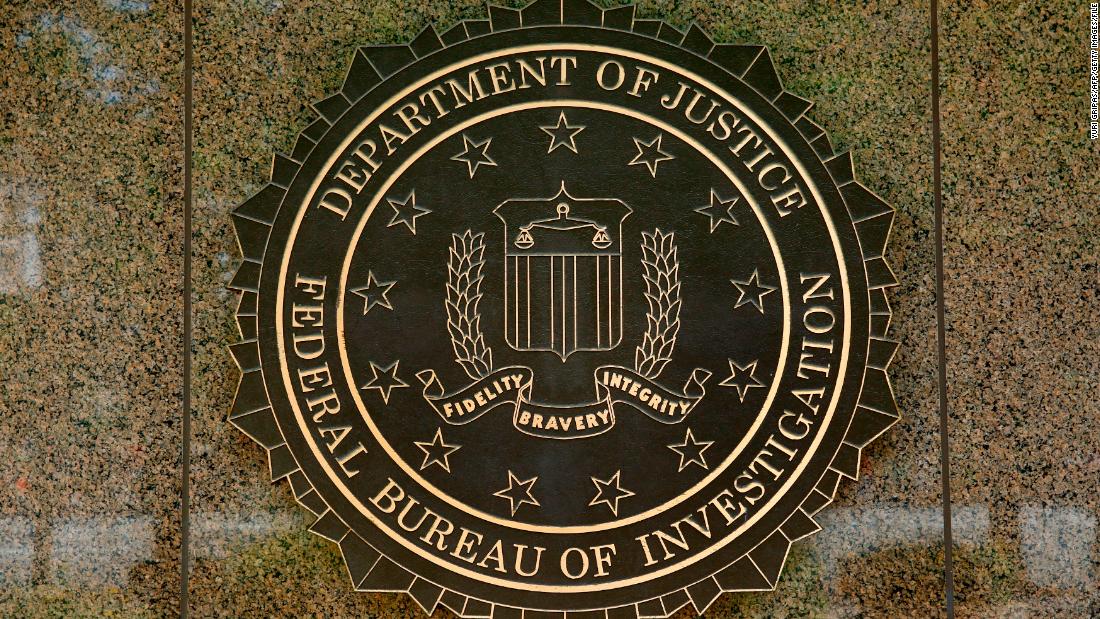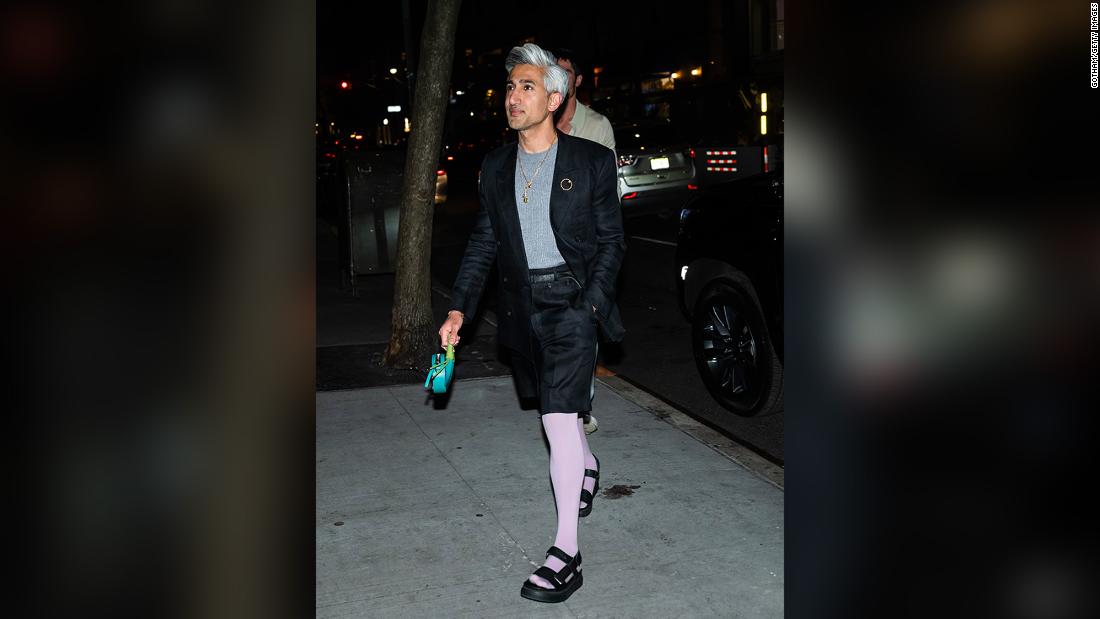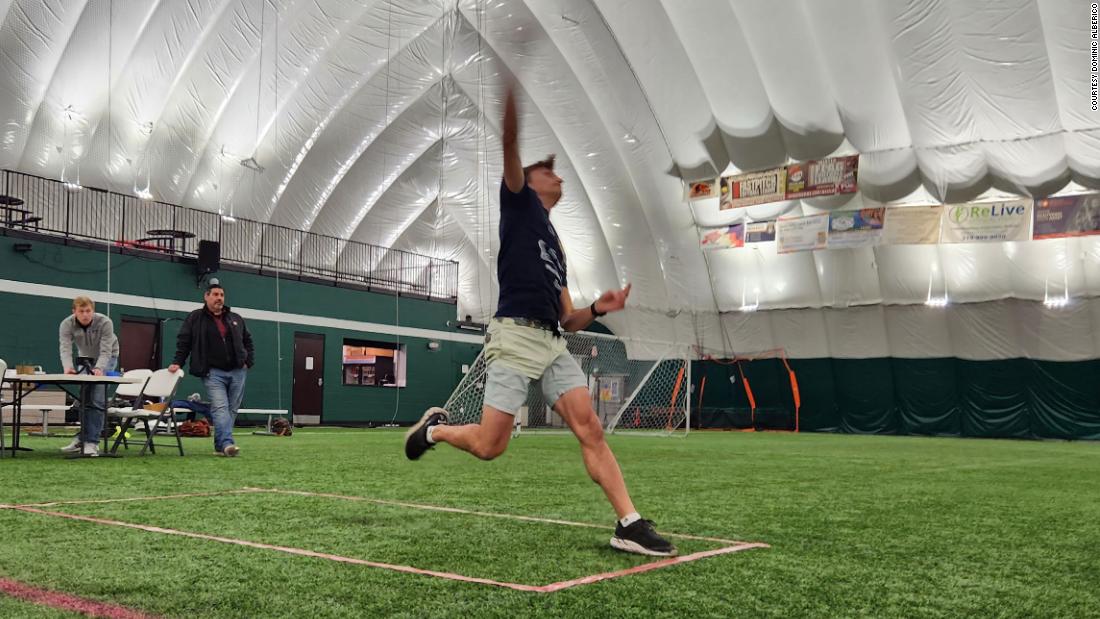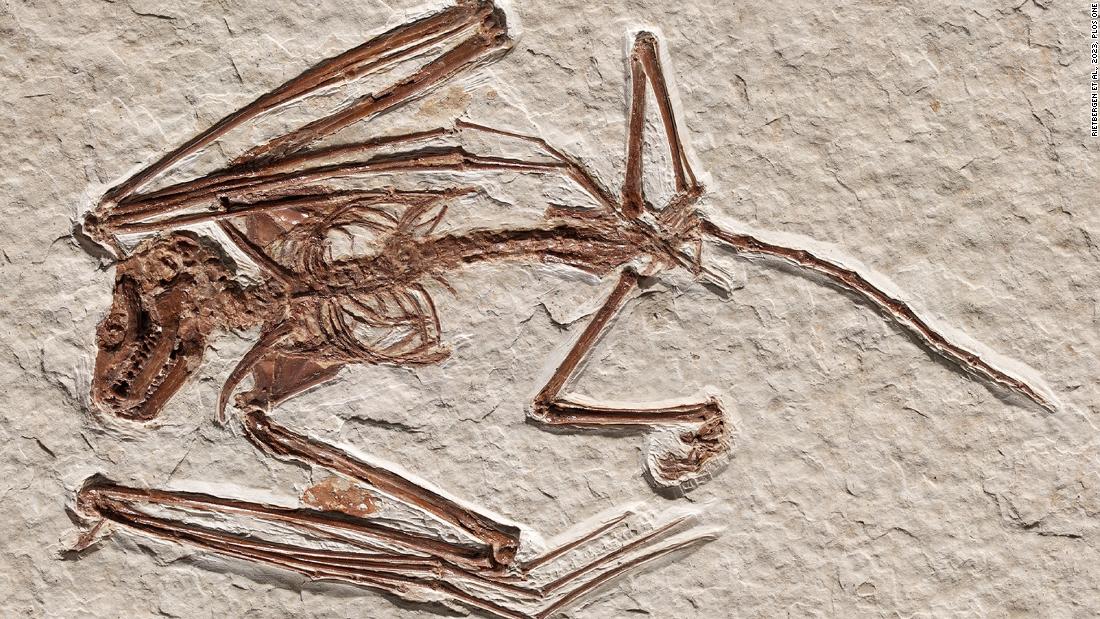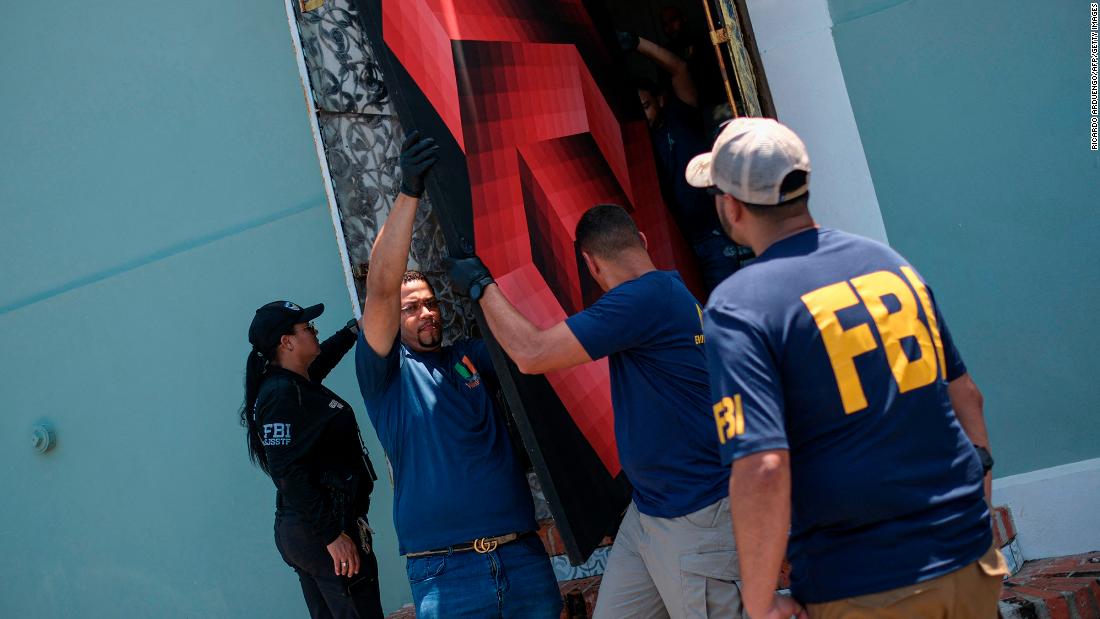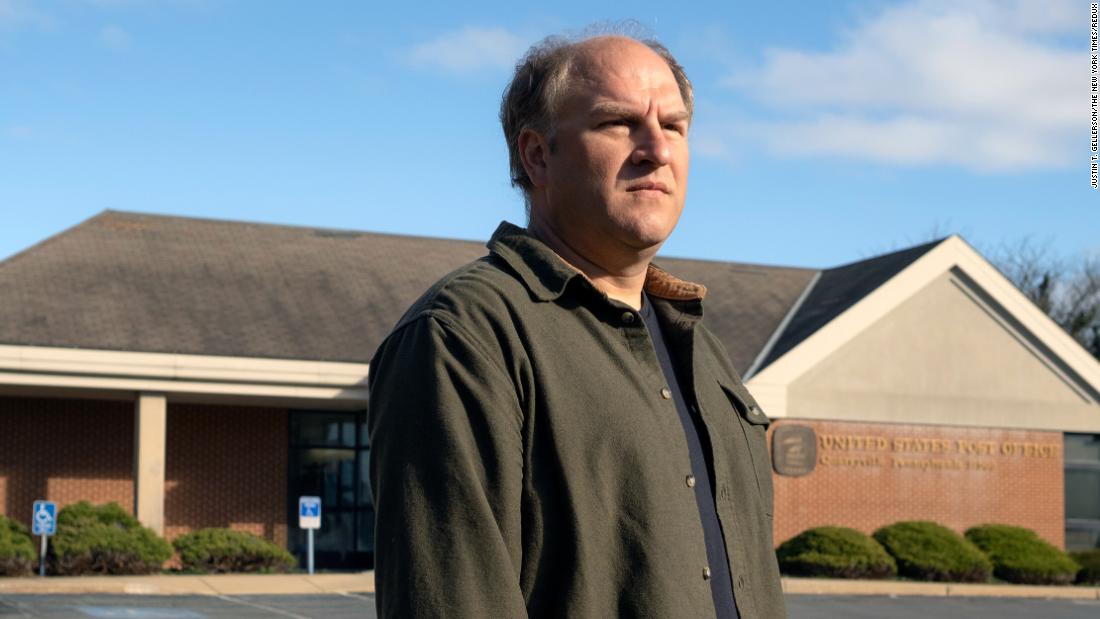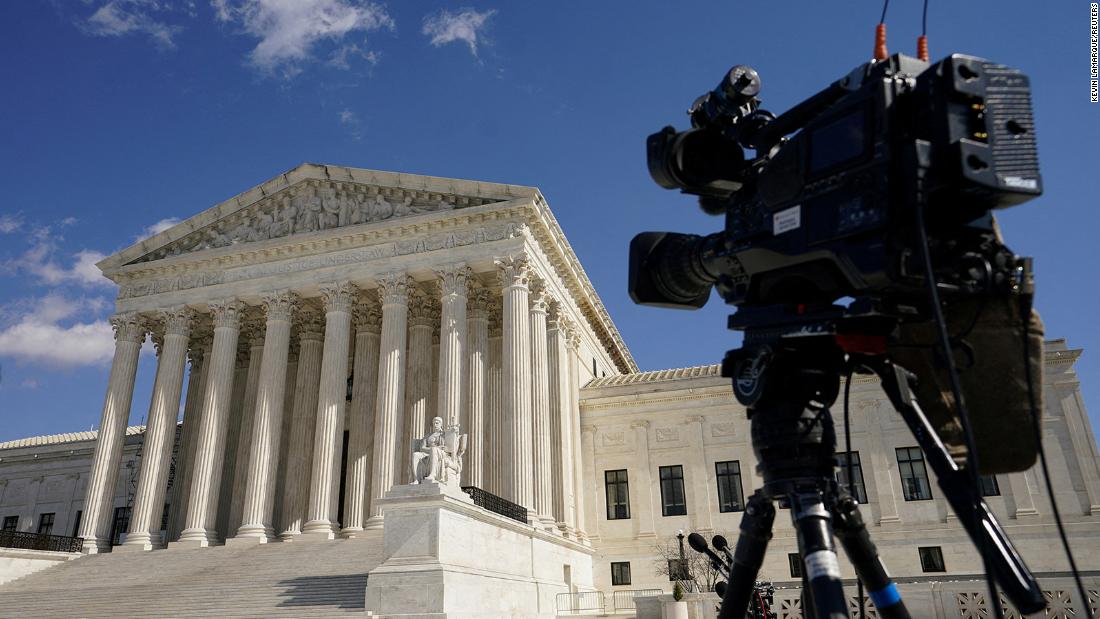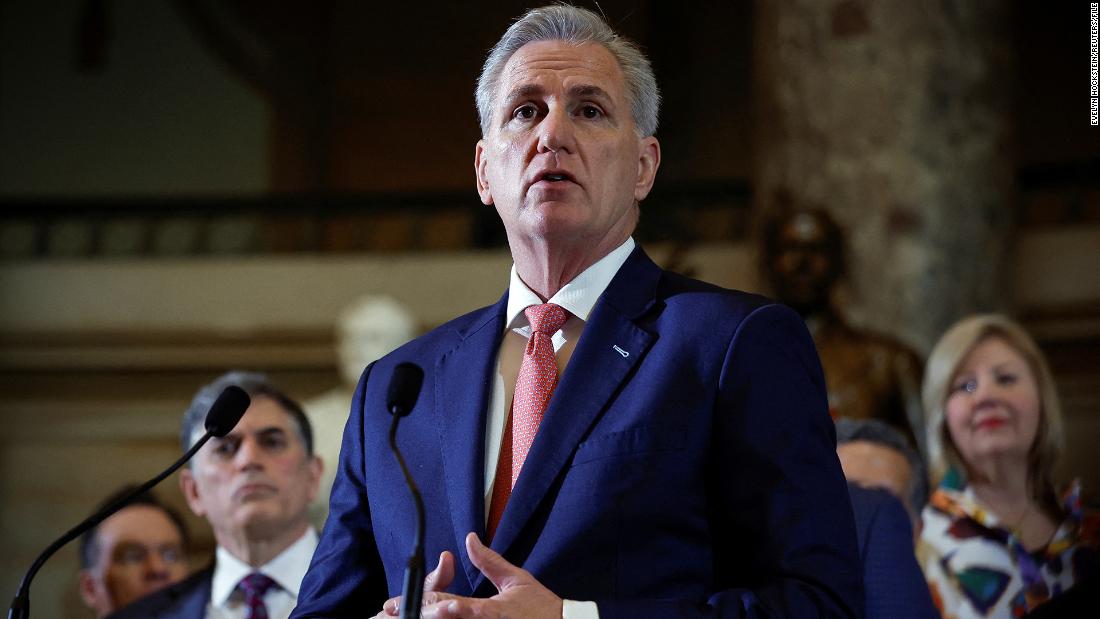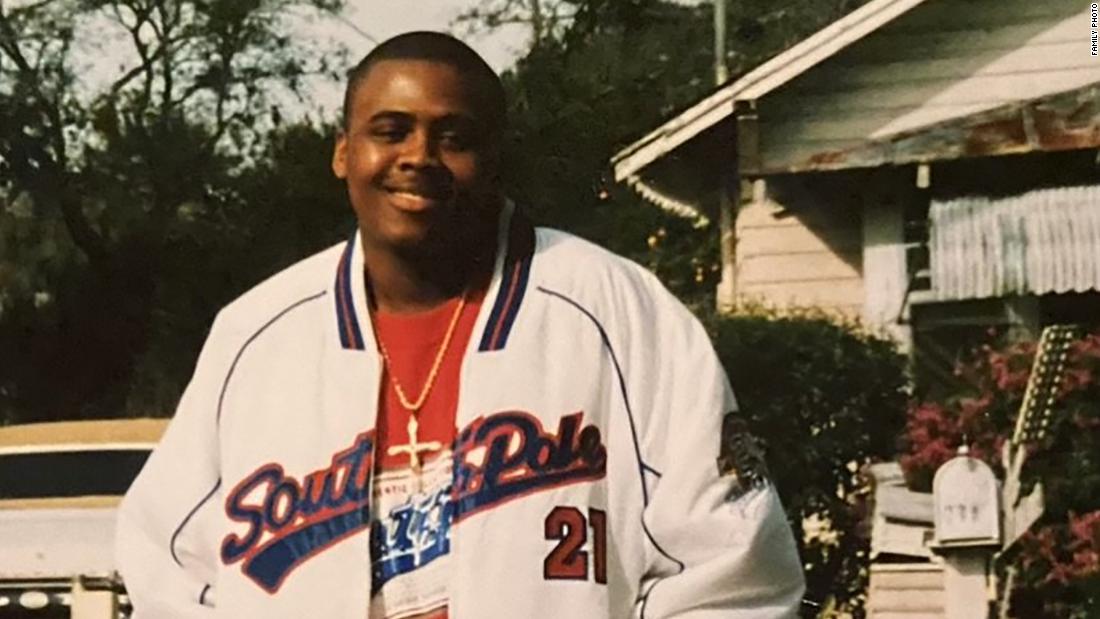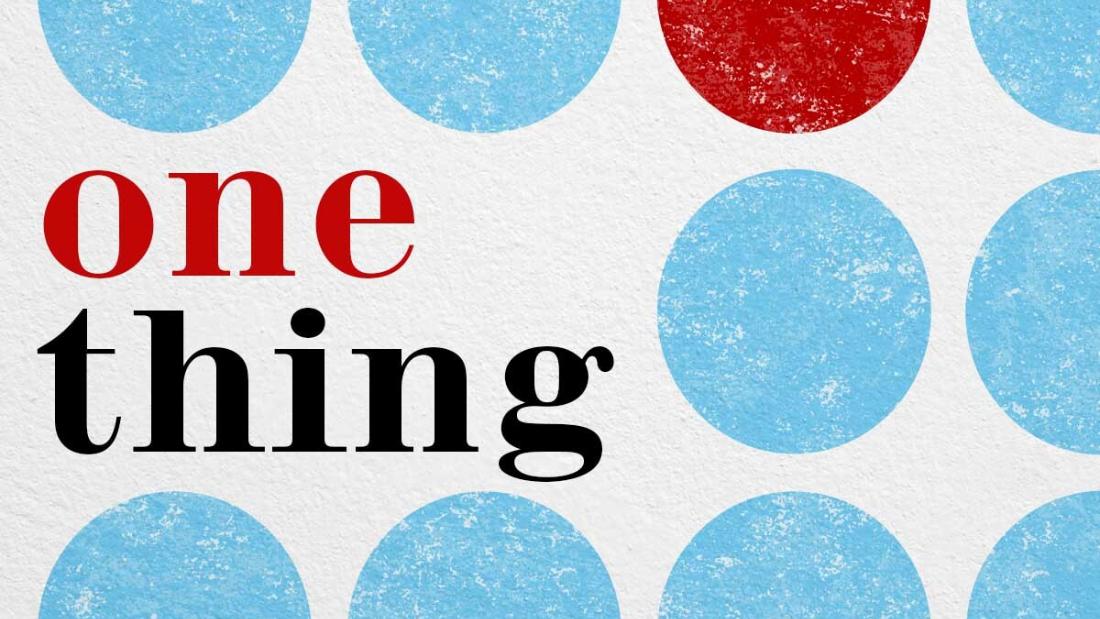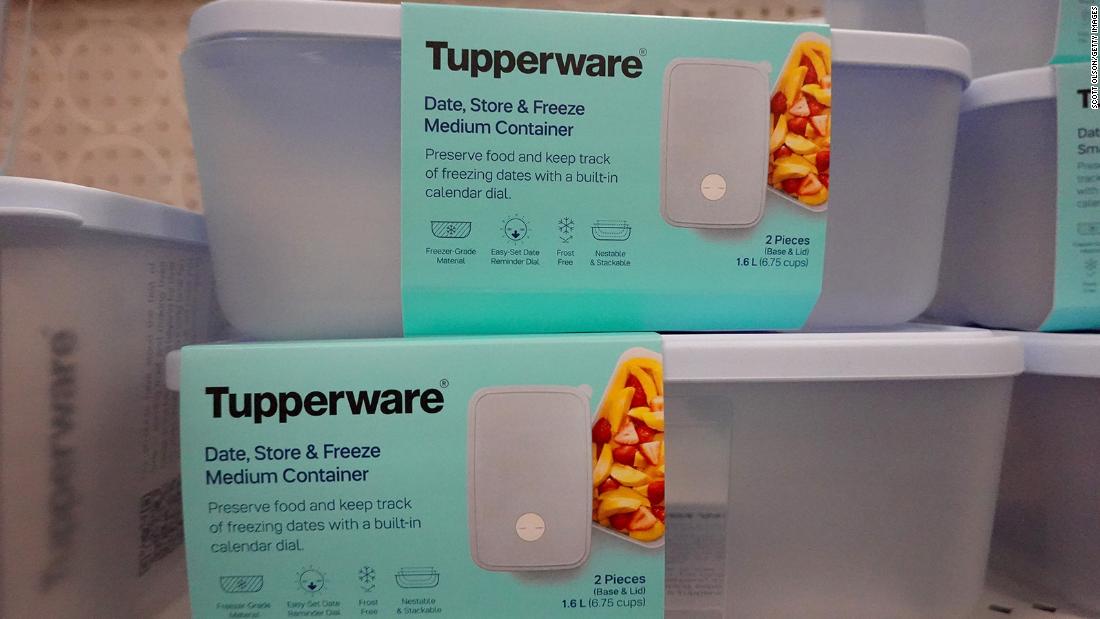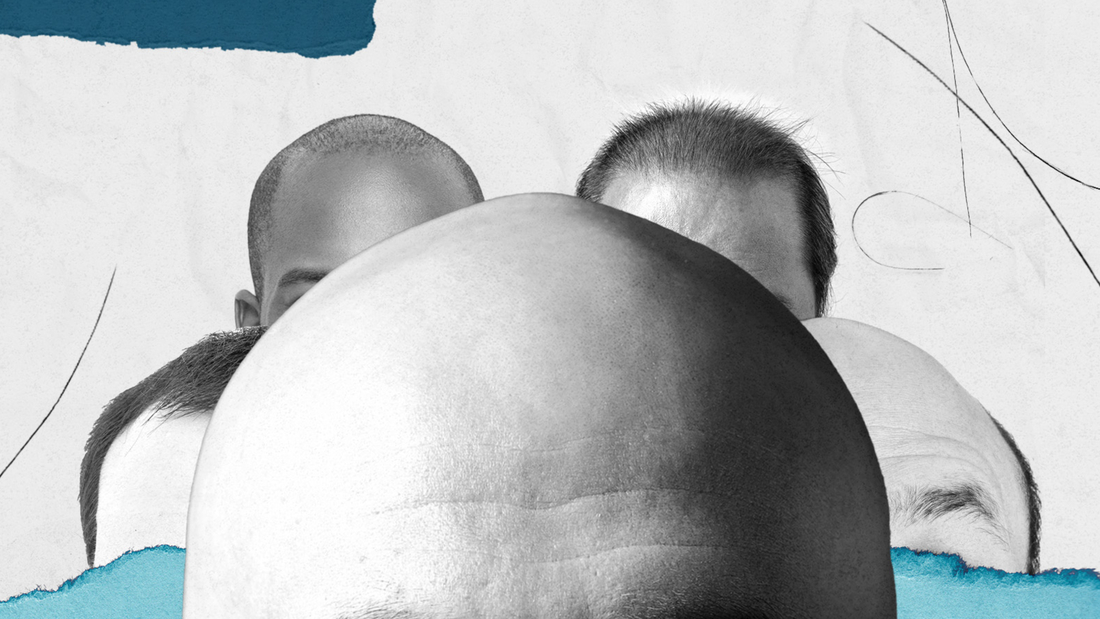A BIZARRE hospital decision could prove baby killer nurse Lucy Letby was being used as a scapegoat for overall failings, an expert has told The Sun.
The neonatal ward at Countess of Chester Hospital (COCH) was experiencing a major spike in premature infant deaths in 2015, which tailed off dramatically when it was stopped from receiving the highest risk patients the following summer.
PALucy Letby was convicted of the murder of seven babies and the attempted murder of seven more[/caption]
PAA grab from footage of the serial baby killer’s arrest[/caption]
GettyThe deaths occurred between 2015 and 2016[/caption]
Monster Letby, 35, is serving a whole life order in prison for the murder of seven infants and the attempted murder of seven more at COCH between June 2015 and June 2016.
Professor Richard Gill, a statistical misrepresentation consultant who has helped overturn the murder convictions of two other nurses, is convinced convicted murderer Letby was an unlucky scapegoat.
He is among an increasing number of supporters who believe Letby to be innocent, and has been pushing for a retrial – although many others, including the victims’ families, have blasted the campaign to free her.
He believes the failure to move such patients to more suitable hospitals could prove vital in any potentially successful appeal against her convictions.
And thinks clinical audits being undertaken could be a reason why Liverpool Women’s Hospital did not take them, despite its neonatal unit being graded much higher.
COCH’s Neonatal Intensive Care Unit was graded at level 2 at the time. Guidelines generally advise any such facility treating the most seriously ill babies should be at level 3.
In fact, COCH’s neonatal unit was downgraded again to level 1 by hospital management in July 2016, “due to concerns about increasing neonatal mortality”, ahead of an inquiry by the Royal College of Paediatrics and Child Health (RCPCH).
The unit’s lead neonatologist, Dr Stephen Brearey, had asked management to remove killer Letby from clinical duties the previous month, pending an investigation into her conduct.
She wouldn’t be arrested until 2018. Dr Breary was suspicious of the nurse in 2015 and accused the hospital of negligence for ignoring his concerns, according to reports in 2023.
The downgrade limited the premature babies that it took into its care to those born at 32 weeks’ gestation or over, an age where the medical complications and risks were much lower.
And, as a result, the spike in baby deaths also tailed off – pointing to overall inability to provide complex care properly being a reason for deaths and not a single nurse, claims Prof Gill.
Seven of the babies Letby was convicted of murdering or attempting to murder were either a twin or a triplet, all extremely ill and at higher risk of complications, and so ideally in need of complex level 3 care.
Speaking to The Sun, Prof Gill said the babies should have been “transferred immediately” to a more specialised environment, including that at Liverpool Women’s Hospital (LWH), where some had initially been monitored during pregnancy.
“It was hopeless,” he said. “Chester was receiving babies that should have been born at a level 3 hospital. The doctors there did not have the experience.”
Prof Gill said it is not clear why the babies were admitted to or remained at COCH.
Two of the seven babies Letby was convicted of murdering – Child O and Child P – were from a brood of extremely rare identical triplets whose mum had received at least some antenatal care at LWH before giving birth at COCH.
According to medical summaries, released post-trial as part of an independent expert review, some appeared to be developing issues that only multiple babies sharing a single placenta experience, in that the blood was not being shared evenly to each sibling during the pregnancy, called twin-to-twin transfusion syndrome (TTTS).
“It puts them at incredibly high risk,” said Prof Gill.
He described LWH as “one of the best places in the world to have twins and triplets”, adding: “Why did the doctors allow that mother to have those babies at Chester? They should not have been born there.”
Last year, the Thirlwall Inquiry investigated issues at the hospital during the period of Letby’s spree to determine if management could have done more to stop her crimes.
In the lead up to the probe, reports of concerns about the alarming shortcomings at COCH included unusually high death rates on the neonatal unit, as well as understaffed and under skilled staff, and a unit “out of its depth”, The Guardian reported as part of its own investigation.
In a transcript from the Thirlwall Inquiry, led by senior court of appeal judge Lady Justice Thirlwall, a witness statement from the mum of triplets O and P, as well surviving brother R, said she was only told she was having triplets in the 12th week of her pregnancy.
Letby tried to get an inquiry into the circumstances around the baby deaths suspended
SWNSThe killer nurse has twice failed to appeal her convictions[/caption]
PAA court sketch of Letby during her trial at Manchester Crown Court last year[/caption]
She was scanned at COCH as it was “more convenient” for her, but was then referred to LWH by her consultant for a second scan – though they were happy to care for her at COCH long-term, adding: “They could refer back to LWH if there were any problems along the way.”
The mum went on say: “At LWH I was told that one of the triplets was a little smaller than the other two, and as all three triplets were sharing one placenta.
“I was given the option of having the smaller triplet’s heartbeat stopped to give the two others a better chance of survival. We decided against this and to let things be.”
She added: “I did not actually expect our babies to be born at COCH, I was explicitly told throughout my pregnancy that they would be born there only if there was a nurse and a bed for each baby.
“I was told that for this reason, it was very unlikely that I would actually have them at the COCH. I was warned by consultants that it was likely that we would have to travel to another hospital.
“We were told that this could be Birmingham or London, but we had to be ready to go anywhere.”
However, the mum said it was only when she went into labour that she was told she would be giving birth at COCH, being assured “there were enough nurses and beds” to deliver her babies.
She said consultant obstetrician and gynaecologist Jim McCormack assured her she would be able to look around the hospital’s neonatal unit, but “in the event” this was “put off and I was not given the opportunity to look around and see the unit”.
“We were told that the probability of us being there would be low.
“That said, we had not experienced a Neonatal Unit before so we had nothing to compare it with anyway.
The charges Letby has been convicted of in full
Child A, allegation of murder. The Crown said Letby injected air intravenously into the bloodstream of the baby boy. COUNT 1 GUILTY.
Child B, allegation of attempted murder. The Crown said Letby attempted to murder the baby girl, the twin sister of Child A, by injecting air into her bloodstream. COUNT 2 GUILTY.
Child C, allegation of murder. Prosecutors said Letby forced air down a feeding tube and into the stomach of the baby boy. COUNT 3 GUILTY.
Child D, allegation of murder. The Crown said air was injected intravenously into the baby girl. COUNT 4 GUILTY.
Child E, allegation of murder. The Crown said Letby murdered the twin baby boy with an injection of air into the bloodstream and also deliberately caused bleeding to the infant. COUNT 5 GUILTY.
Child F, allegation of attempted murder. Letby was said by prosecutors to have poisoned the twin brother of Child E with insulin. COUNT 6 GUILTY.
Child I, allegation of murder. The prosecution said Letby killed the baby girl at the fourth attempt and had given her air and overfed her with milk. COUNT 12 GUILTY.
Child K, allegation of attempted murder. The prosecution said Letby compromised the baby girl as she deliberately dislodged a breathing tube. COUNT 14 JURY COULD NOT REACH VERDICT AT ORIGINAL TRIAL, NOW GUILTY AFTER RETRIAL
Child L, allegation of attempted murder. The Crown said the nurse poisoned the twin baby boy with insulin. COUNT 15 GUILTY.
Child M, allegation of attempted murder. Prosecutors said Letby injected air into the bloodstream of Child L’s twin brother. COUNT 16 GUILTY.
Child N, three allegations of attempted murder. The Crown said Letby inflicted trauma in the baby boy’s throat and also injected him with air in the bloodstream. COUNT 17 GUILTY, COUNT 18 JURY COULD NOT REACH VERDICT, COUNT 19 JURY COULD NOT REACH VERDICT.
Child O, allegation of murder. Prosecutors say Letby attacked the triplet boy by injecting him with air, overfeeding him with milk and inflicting trauma to his liver with “severe force”. COUNT 20 GUILTY.
Child P, allegation of murder. Prosecutors said the nurse targeted the triplet brother of Child O by overfeeding him with milk, injecting air and dislodging his breathing tube. COUNT 21 GUILTY.
Child Q, allegation of attempted murder. The Crown said Letby injected the baby boy with liquid, and possibly air, down his feeding tube. COUNT 22 JURY COULD NOT REACH VERDICT
“I was given to understand throughout my pregnancy that on delivery the babies would need to go to the Neonatal Unit as a precaution due to the risk factors that come with a triplet pregnancy and them having to be born at 34 weeks.”
When she started having contractions at home she was rushed to COCH but described how, despite her condition, she had to walk from the observation room to the labour ward to theatre to undergo a cesarean section – even asked to climb into bed herself.
The mum added it was “very disappointing” that Dr McCormack, who had performed all of her scans, was on holiday and unable to deliver her babies.
She was awake during the delivery, which she described as feeling “very rushed”, and at one stage, after being cut open, she could feel pain.
She described how “blood and fluid splattered up” onto the screen, the wall behind her and “onto my face”.
At one stage, she said it was hurting but was told “I don’t think that is hurting, it’s pulling”.
Later in her statement, the mum described doctors initially had “no concerns” about the babies, despite being so premature, and recalls Letby looking after two of them and showing her partner how to feed all three triplets.
“She told us how lucky we were and that their weights were great,” she added. Letby also showed the mum how to “express milk”, and added her babies were separated as there was a shortage of beds in the neonatal unit.
While staying in the maternity ward, the mum was told by a doctor Child O needed breathing support and she was taken to neonatal unit to see him.
“We were confronted with a scene of complete chaos. It was madness,” she said. “Nurses were running around left and right grabbing medicines and IVs.
PALady Justice Thirlwall, who led an inquiry into possible failings at Countess of Chester last year[/caption]
Derbyshire ConstabularyLetby during her police interview in 2018[/caption]
Prof Richard Gill is convinced Letby is innocent
“As soon as I went in, I knew it was an issue with one of the boys. When Doctor U saw what was going on, it was obvious he didn’t have any idea what was happening and I could see in his face that he was panicked and shocked.”
She added: “It was clear Child O’s collapse was a complete shock to them.”
The mum said Letby was on the ward at the time and was handing doctors medicine. Child O died later that evening, and his brother Child P, died the following afternoon.
During Letby’s trial, it was heard the father of the triplets “begged” doctors to transfer his surviving son to LWH and they eventually agreed, and his health quickly recovered.
Earlier this year, an international panel of neonatologists and paediatric specialists said Letby’s convictions were “unsafe” and told reporters bad medical care and natural causes were the reasons for the collapses and deaths.
Their evidence has been passed to the Criminal Cases Review Commission (CCRC), which investigates potential miscarriages of justice, and Letby’s legal team hopes her case will be referred back to the Court of Appeal.
Neena Modi, Professor of neonatal medicine at Imperial College London, was part of the panel and told The Guardian in February Chester’s neonatal unit was “not staffed or equipped to deal with the most seriously ill babies”.
She went on to say: “What transpired was that the consultants and other neonatal staff were faced with having to provide care for complex neonatal cases outside their experience.
I watched arrogant Lucy Letby as she simmered in the dock & saw chilling evidence that proves she IS an evil baby killer
By Nigel Bunyan
IN the eyes of the law she’s a cold-blooded serial killer who murdered seven babies and tried to kill seven others at the hospital where she worked during a year-long reign of terror.
But doubts over Lucy Letby’s guilt have been slowly gaining traction, with her supporters – who include prominent politicians – expressing growing fears she was the victim of a miscarriage of justice.
The killer nurse, 35, is serving 15 whole-life orders in prison for the murder of seven babies between 2015 and 2016 at Countess of Chester hospital.
She was also found guilty in 2023 of trying to kill seven others, but has always maintained her innocence.
Last week Reform leader Nigel Farage said there were “serious questions” about the case which have left him with a “horrible feeling” Letby might have been a “very convenient scapegoat” and should be retried.
Meanwhile Conservative MP David Davis is convinced her conviction is a “clear miscarriage of justice”.
But earlier this month it emerged Letby could be facing more charges over the deaths of babies at hospitals she worked in.
Nigel Bunyan has been a journalist for more than four decades and covered the trials of GP Harold Shipman, the child killers of James Bulger, and the Rochdale grooming gang.
He attended Lucy Letby’s main trial and the retrial that followed.
As her case attracts more scrutiny than ever before, here Nigel details why he believes “beyond doubt” that she IS guilty, and that justice prevailed...
IN the make-believe, boxset world of Netflix, Disney+ and the like, Lucy Letby just HAS to be innocent!
A prominent Tory MP has said so. So too has Letby’s shiny new defence barrister and a group of international experts who’ve rallied, unbidden, to her cause, without having been anywhere near either trial.
The only catch is that in the real world – the one not liberally sprinkled with fairy dust theories of perceived innocence – Letby is the real deal.
She actually IS a nailed-on serial killer of tiny, defenceless babies.
After attending her trial – and the retrial that followed it – I have no doubt whatsoever of her guilt.
She is serving a whole life term for seven murders and seven attempted murders after being found guilty not just by one jury – but by TWO.
Sadly, serial killers don’t come with an identifying mark on their foreheads. And they don’t always confess.
But I watched every moment of her evidence at Manchester Crown Court, looking for some spark of authenticity, of humanity; something to make me doubt the prosecution case.
I looked in vain. All I could see was a defendant standing behind a blank, unyielding wall of denials.
She was a woman shielding herself with simmering resentment, sullen in the dock and equally so when giving evidence.
Dr Harold Shipman had something of the same aura – arrogant to the end, content to simply deny all charges.
By the time Letby was called to give evidence we’d already seen the now-infamous Post-it notes she scribbled in the bedroom of her house around the corner from the Countess of Chester hospital where she committed her crimes.
“I am evil. I did this,” she’d written. “I killed them on purpose because I’m not good enough to care for them (and) I am a horrible person.”
Her supporters looked to other lines that could be interpreted as indicators of innocence. “I haven’t done anything wrong,” for example. And, “Why me?”
For all that the evidence against Letby was largely – and inevitably – circumstantial, taken as a whole it was totally convincing on all but a few of the charges.
It’s one thing to be in the wrong place at the wrong time, but in her case that happened far too many times.
Her colleagues who saw her as a friend didn’t want to “think the unthinkable” – that she was the enemy within – but eventually they had no option.
It wasn’t just the statistical oddities about her presence; it was an innate feeling of unease among those who had once trusted her without question.
Far too many babies were collapsing on the unit for there to be any other explanation than sabotage by a member of staff. And there were no other suspects.
For me, the case finally fell into place as I spent long nights compiling a 17,000-word timeline.
Suddenly, for all the woolliness of the case as it unfolded in court, I could see how Letby had moved so deftly in the shadows, aided by her colleagues’ understandable reluctance to believe ill of her.
Many of them counted her as a friend, and when she broke down in apparent distress over the infants dying on her watch, they instinctively reached out in support.
Letby’s cynical manipulation is typified by the very first of her killings: one day volunteering to take group selfies during a colleague’s hen-do in York, the next injecting Baby A with air 90 minutes after coming back on duty in Chester.
Before the jury reached their verdict I knew what it should be.
And the court of social media who protest her innocence may have taken a different view if they had seen all the evidence, as I have.
During the trial a chilling image was shown to the jury: the X-ray of one of the dead babies, showing a line of what could only be air running parallel to his spine.
And the only explanation for that air was for it to have been forced into the infant’s system. Which is how Lucy Letby achieved something that the reviewing paediatrician Sandie Bohin had never previously seen in neonates – she made some of them scream.
Had the prosecution found the courage to release that image some doubters may be silenced.
But the CPS refused, saying it formed part of an individual’s medical records.
Medical expertise
Much has been made of the international panel of medical experts drawn together by Letby’s new barrister, Mark McDonald.
But it is hugely significant that Ben Myers, the lawyer who led her defence in both trials, made the very deliberate decision NOT to call ANY of the medical experts he had briefed on the case.
In fact, the only defence witness aside from Letby was Lorenzo Mansutti, a plumber, who spoke briefly about drainage problems at the Countess.
Myers’ reasoning was clearly tactical, perhaps made because he doubted the ability of those potential witnesses to counter the allegations that Letby harmed babies mostly with injections of air or insulin.
Any future appeal is likely to fall short unless McDonald can come up with a satisfactory answer to Myers’ decision.
Ultimately the jury was swayed by the assertion of Nick Johnson KC, the lead prosecutor, that Letby had been caught out by “a constellation of coincidences” that had no other plausible explanation.
For all the protests to the contrary, I don’t believe for one second that Letby was set up as a scapegoat.
She was simply found out by colleagues who finally realised she was the killer in their midst.
Almost two years on, we now have the prospect of Letby facing a third trial.
On top of that three members of the leadership team at the Countess were arrested last week on suspicion of gross negligence manslaughter and may yet face trial themselves.
And then there is the Thirlwall Inquiry into the killer’s activities and the conduct of NHS personnel at the time. It’s due to report next year.
So all in all, overwhelmingly bad news for those wearing yellow butterfly emblems in support of their fake heroine.
Genuine miscarriages of justice do occur. Of course they do. But they’re extremely rare.
Years ago, for example, I wrote about Stefan Kiszko, who was exonerated over a murder he couldn’t possibly have committed.
But Letby? I just don’t see it.
More than that, I abhor the white noise repeatedly being drummed up in her name – often by people who should know better – while Letby herself remains silent; brooding in HMP Prison Bronzefield, Surrey.
For me, as for the families, hers is a name that speaks only of sickening cruelty and betrayal.
As one of the mums said recently: “You don’t want to see her face, you don’t want to hear her name, you don’t want to hear people shouting that she’s innocent.
“She’s not innocent, she was found guilty in a court of law.”
“Their contemporaneous notes in the babies’ case records reveal errors in the recognition of problems and their management.”
Around the time of the Letby crimes, Prof Gill told The Sun some mothers going through high-risk pregnancies would have also been part of clinical audits and trials at various hospitals, including testing the now-standard usage of laser treatment “to fix the blood flow” in a uterus carrying multiple babies at risk of TTTS.
In LWH’s Quality Report 2015-2016, it states: “During 2015-16 Liverpool Women’s NHS Foundation Trust participated in 100% of national clinical audits and 100% of national confidential enquiries of the national clinical audits and national confidential enquiries which it was eligible to participate in.”
It added: “The total monetary value of the income in 2015-16 conditional upon achieving quality improvement and innovation goals was £1,977,598. The monetary total for the associated payment in 2014-15 was £1,955,007.”
It is unclear if any of the triplets, or Letby’s other victims, saw their treatment directly impacted due to any kind of clinical audit or procedures, which would include the much-publicised National Maternity and Perinatal Audit.
But it’s possible that, any one of these may have impacted how many high risk pregnancies were dealt with at Liverpool, claims Prof Gill.
In June 2015, the same month as the first deaths in Letby’s rampage, MBRRACE-UK, the national body which collects data on perinatal mortality, showed LWH had made significant strides in reducing stillbirth and neonatal mortality rates.
Specifically, their stillbirth rate was rated 10% below the national average.
Prof Gill went on to say: “If you have twins or triplets who have a very poor outlook then you might prefer that they died somewhere else.
“Now that’s a very serious allegation, I don’t think that. I mention it, and one might think that.
“I would rather think that out of some rules in their protocol that they were reserving beds for patients they could treat because that would give them good results.
“As a consequence, more babies got treated elsewhere than usual. I’m sure there is an honest explanation for that. But it is really weird.”
He added: “My feeling is this would all need to be looked into if Lucy Letby is ever exonerated and there is an inquiry into what went wrong.”
A spokesperson at the Countess of Chester Hospital NHS Foundation Trust said: “Due to the Thirlwall Inquiry and the ongoing police investigations, it would not be appropriate to comment further at this time.”
NHS England did not wish to comment when approached.
The Sun has also contacted Liverpool Womens NHS Foundation Trust but had not received a response before publication.
Do you know more? Email [email protected]
Published: [#item_custom_pubDate]












